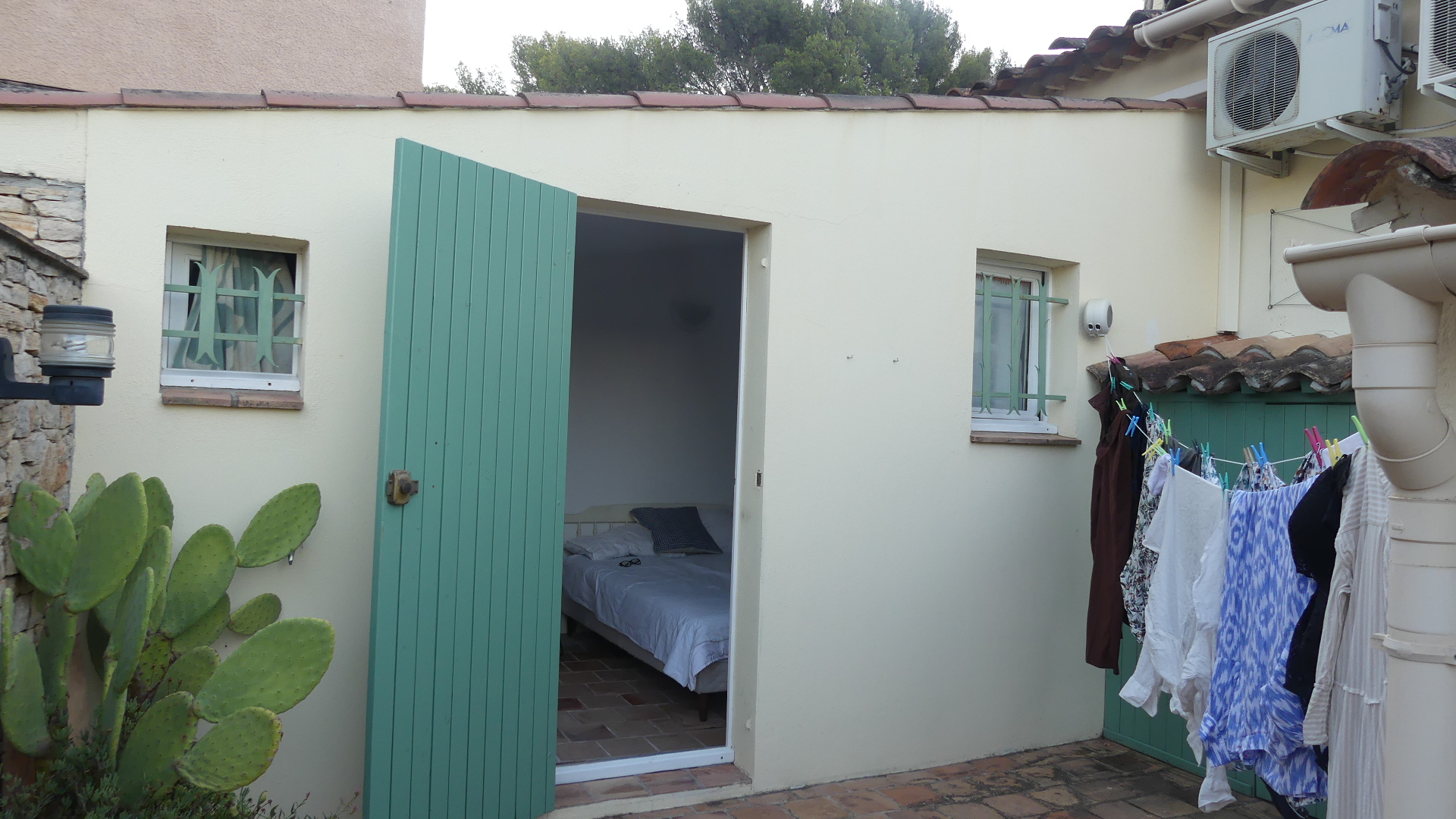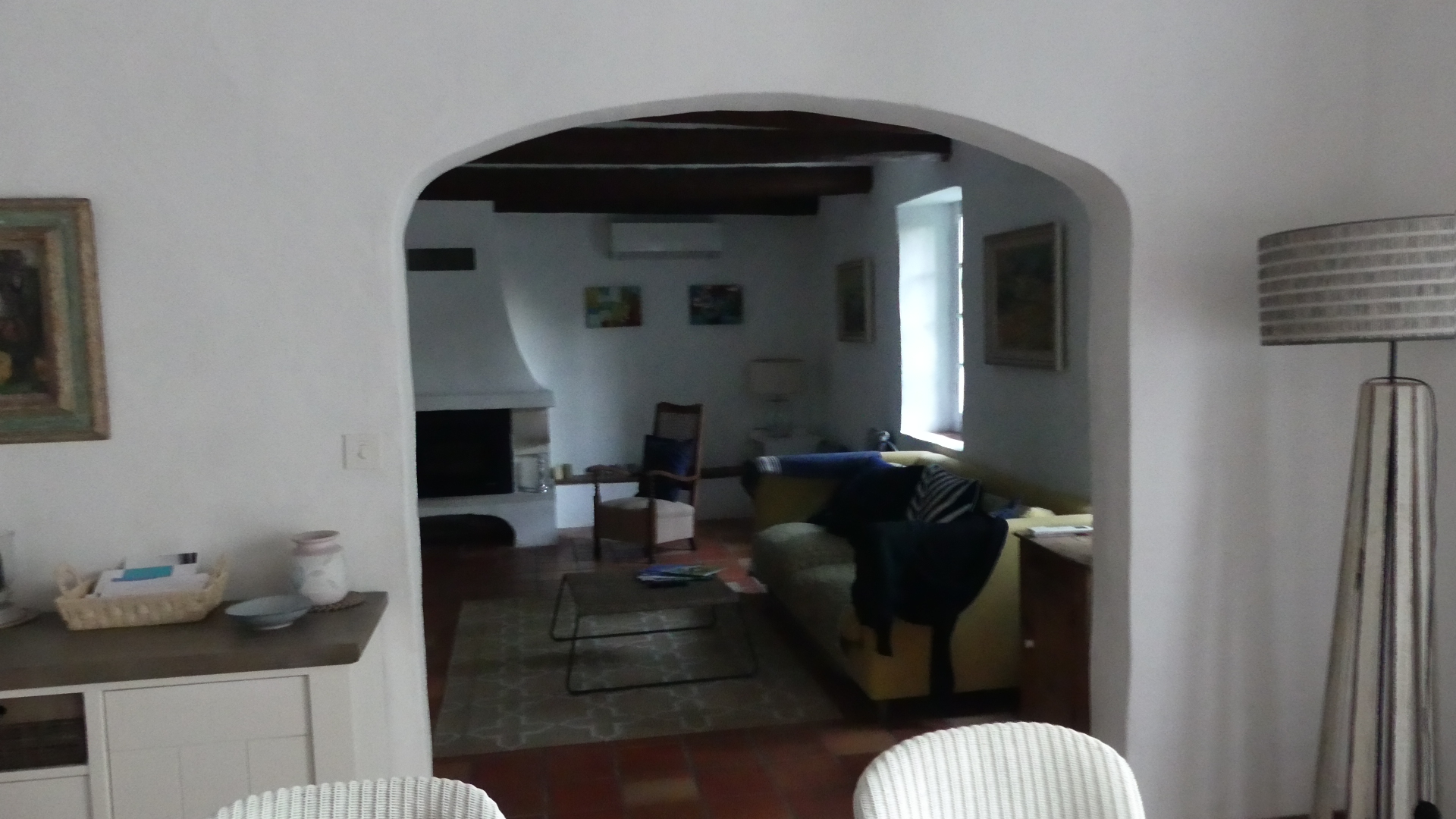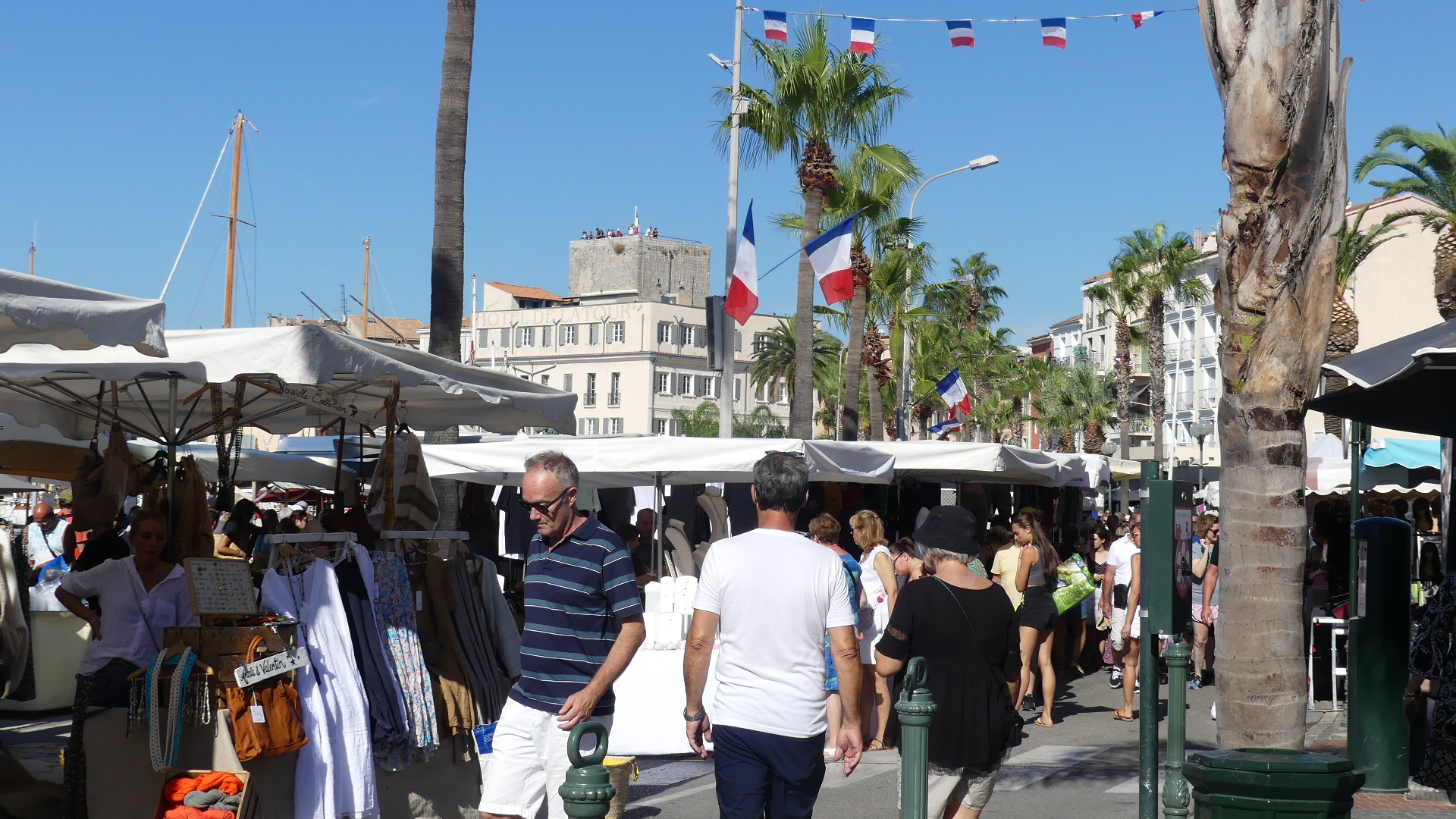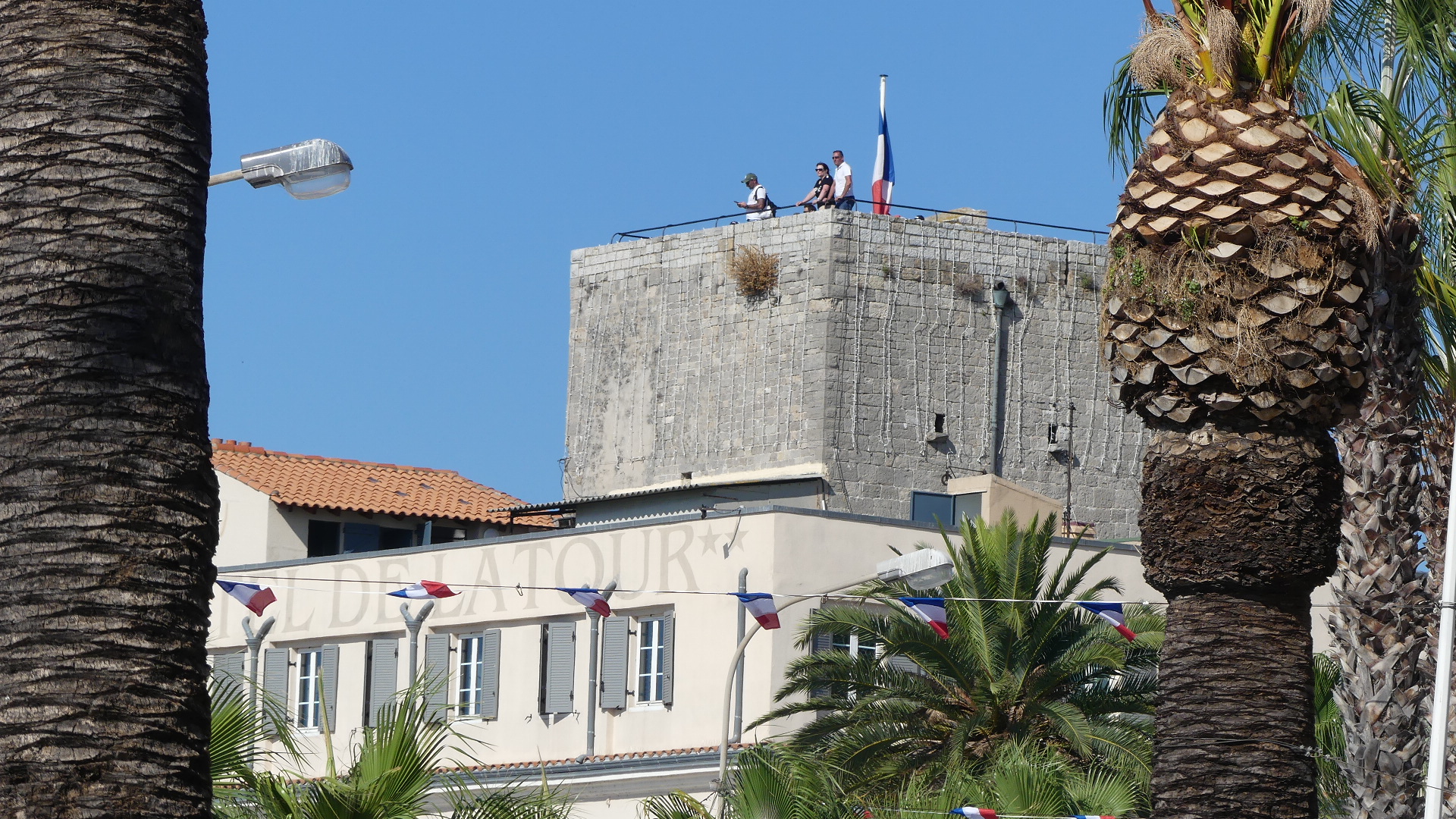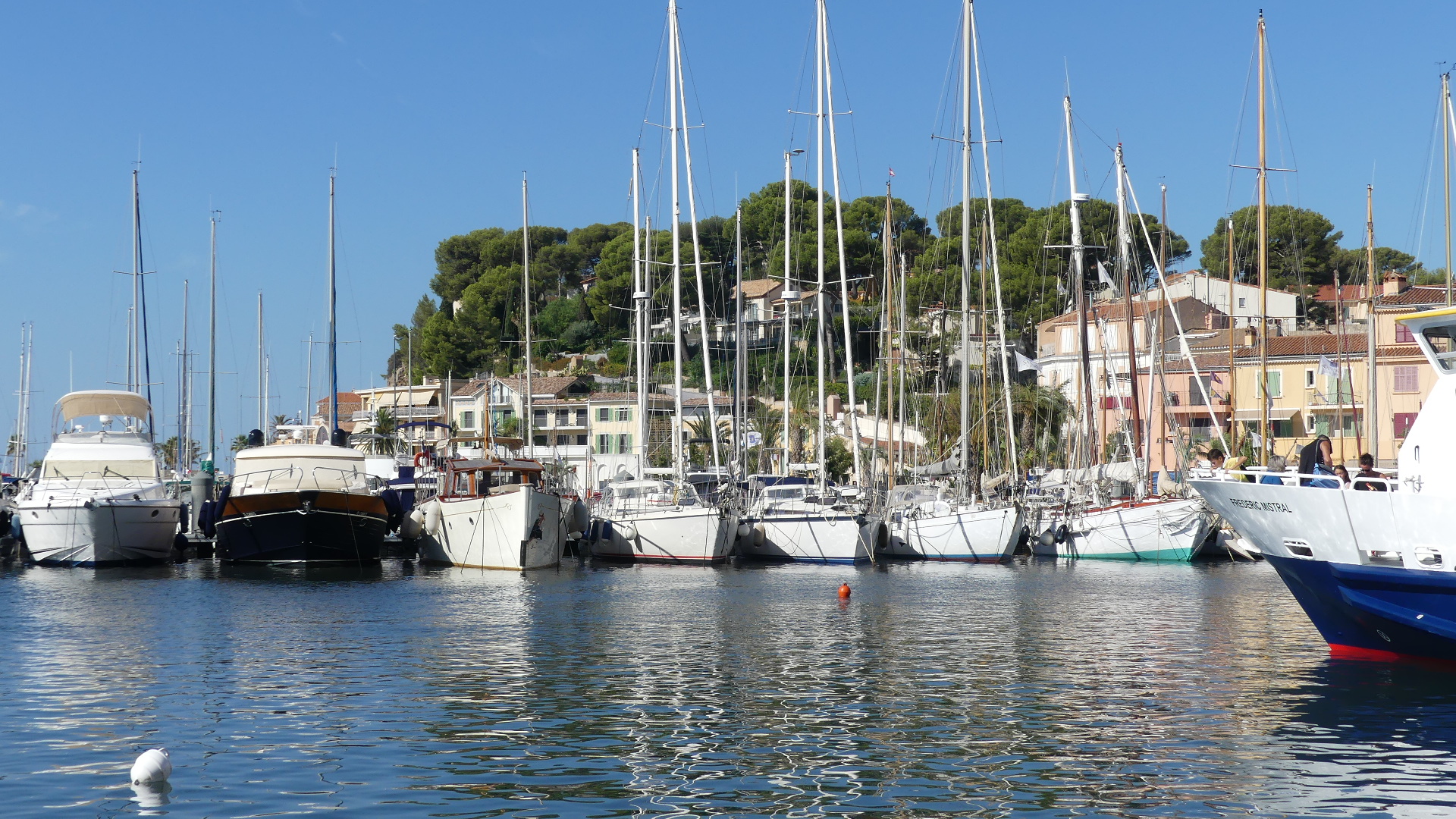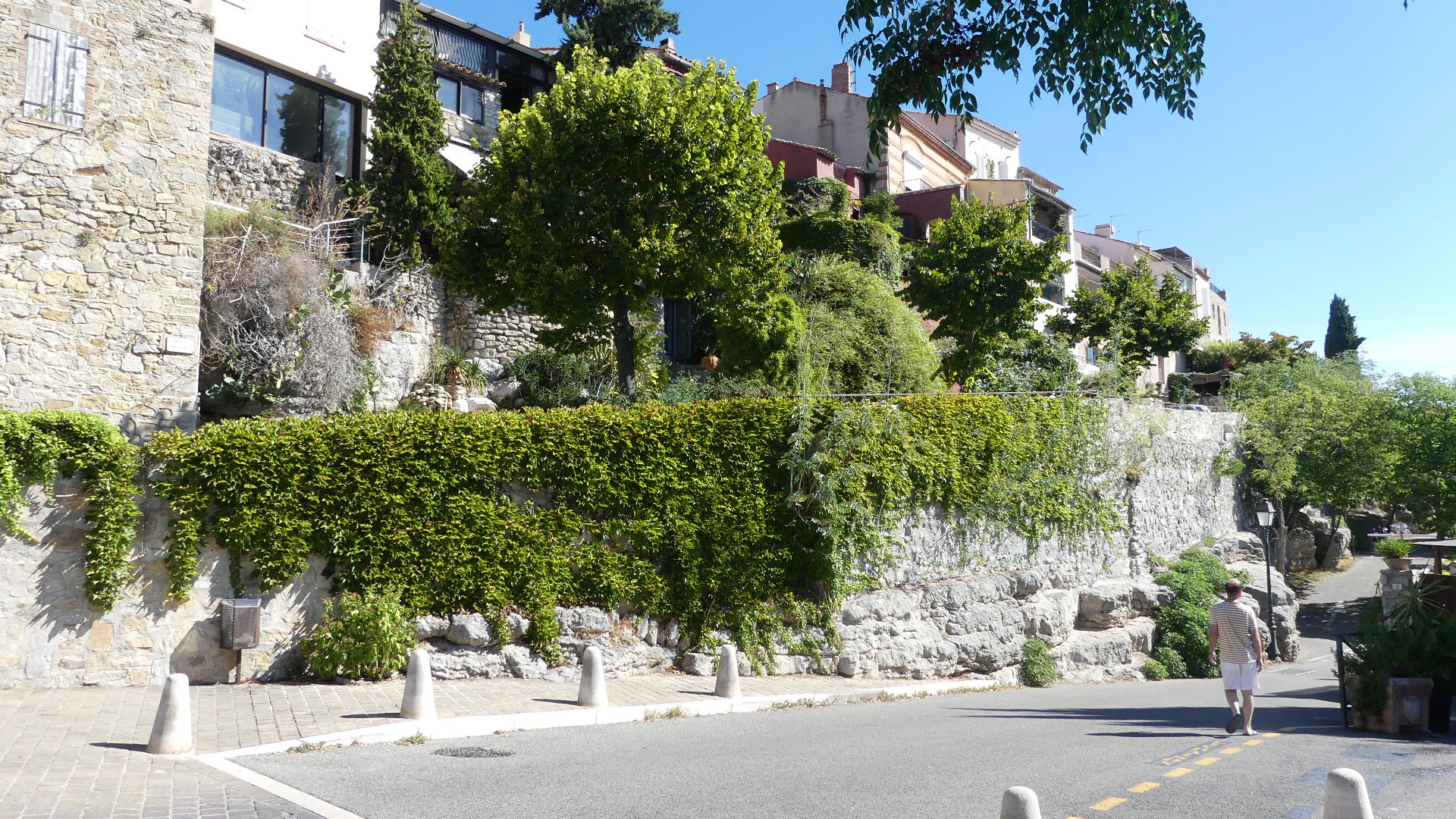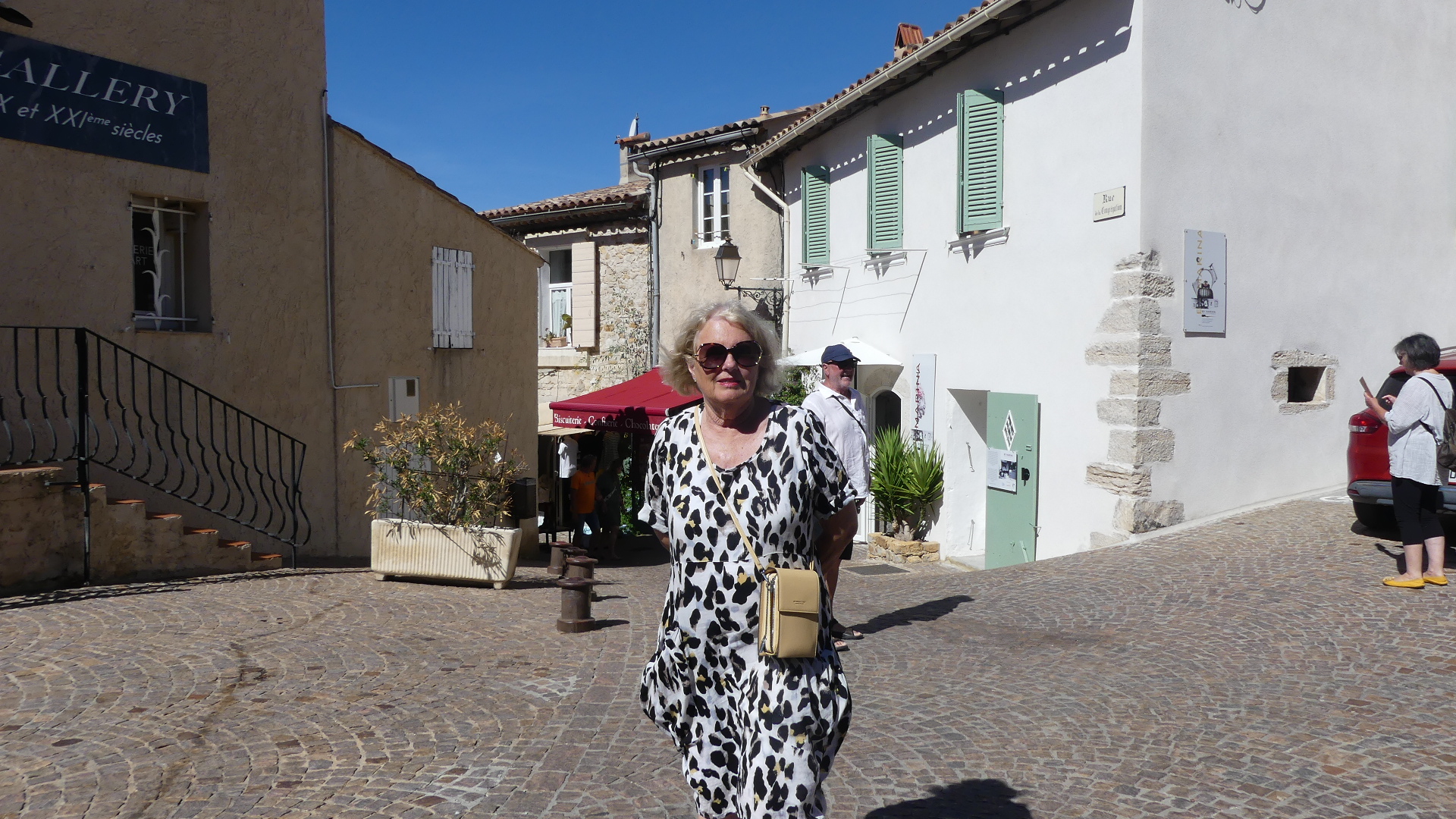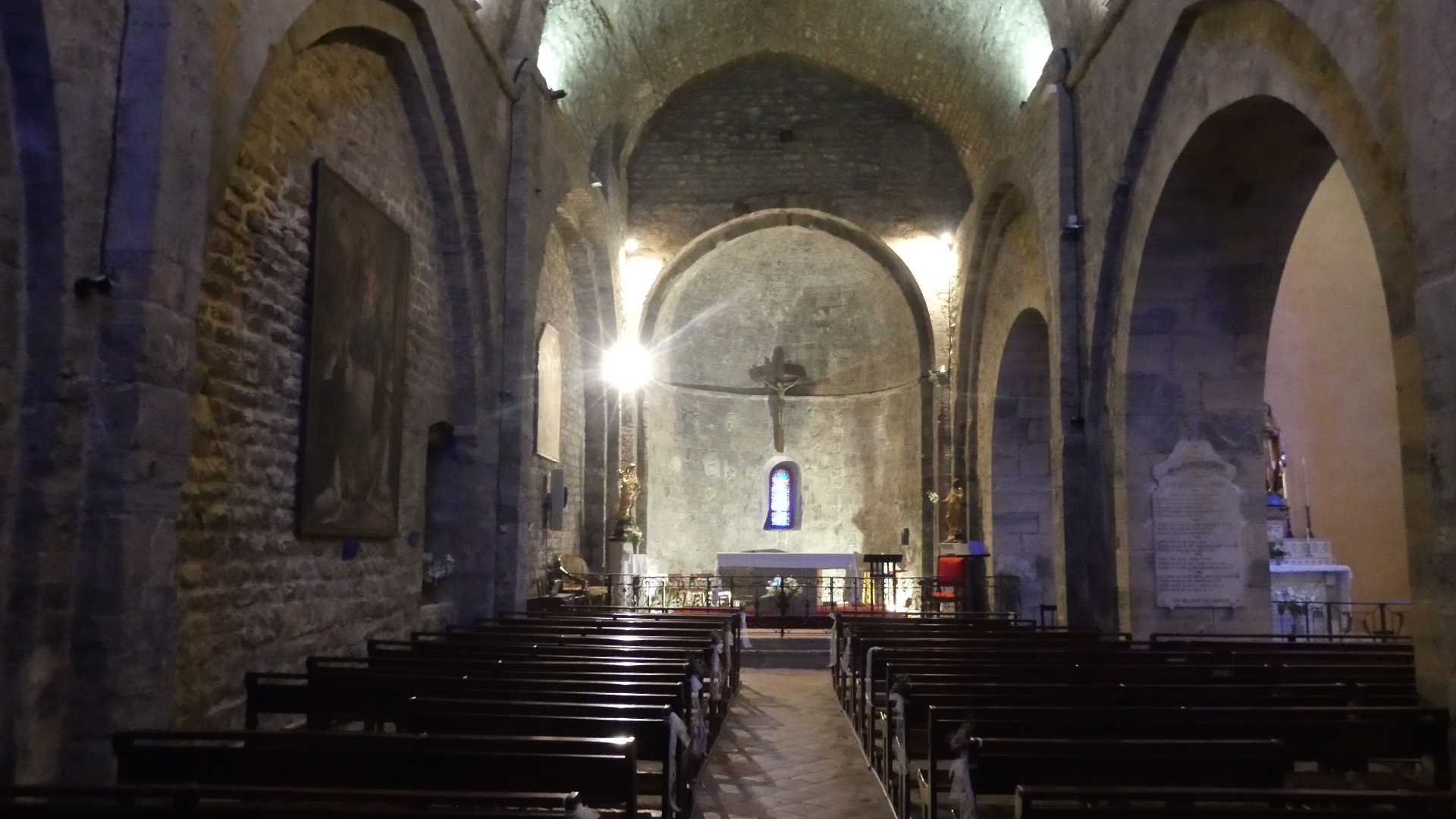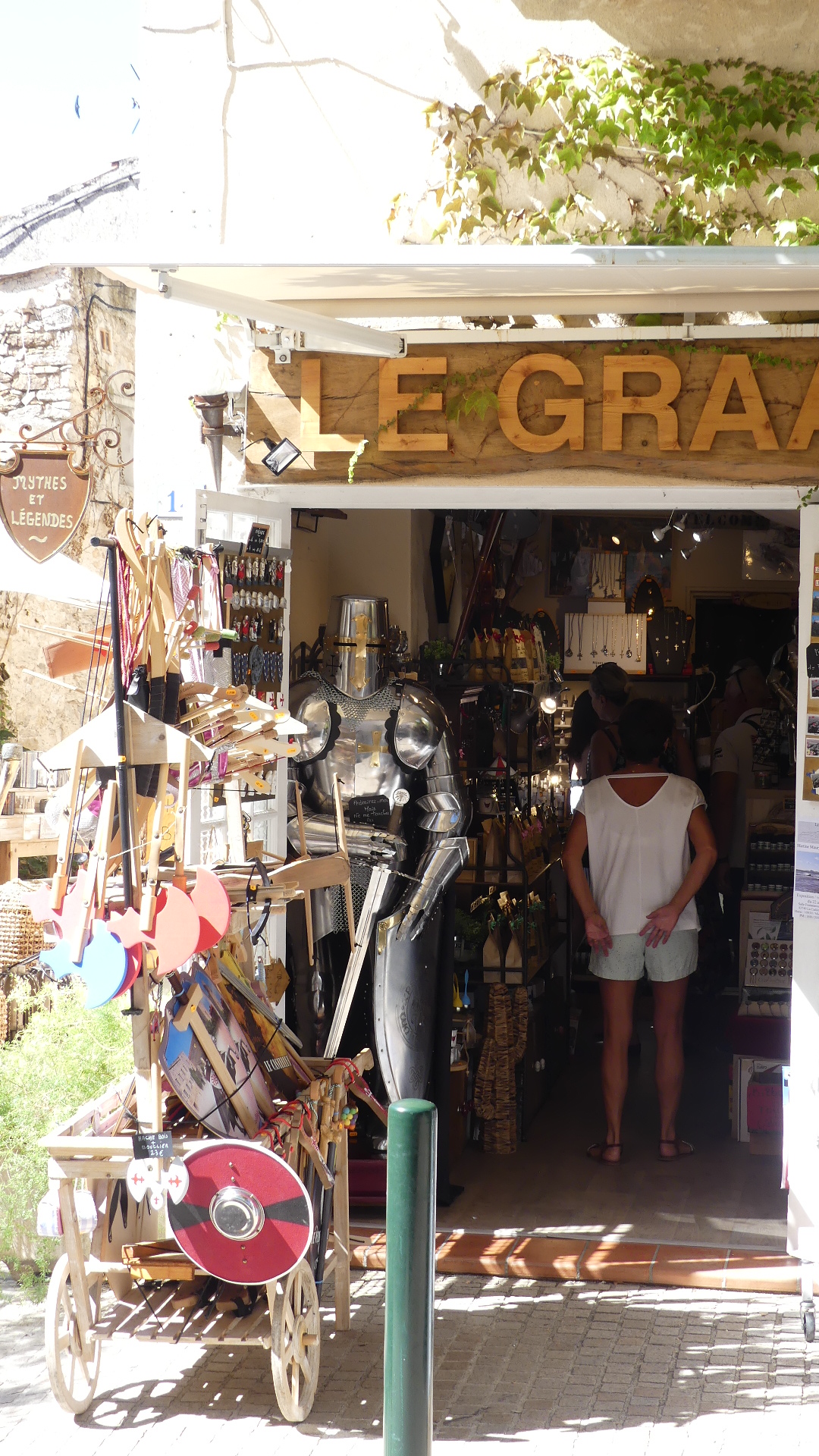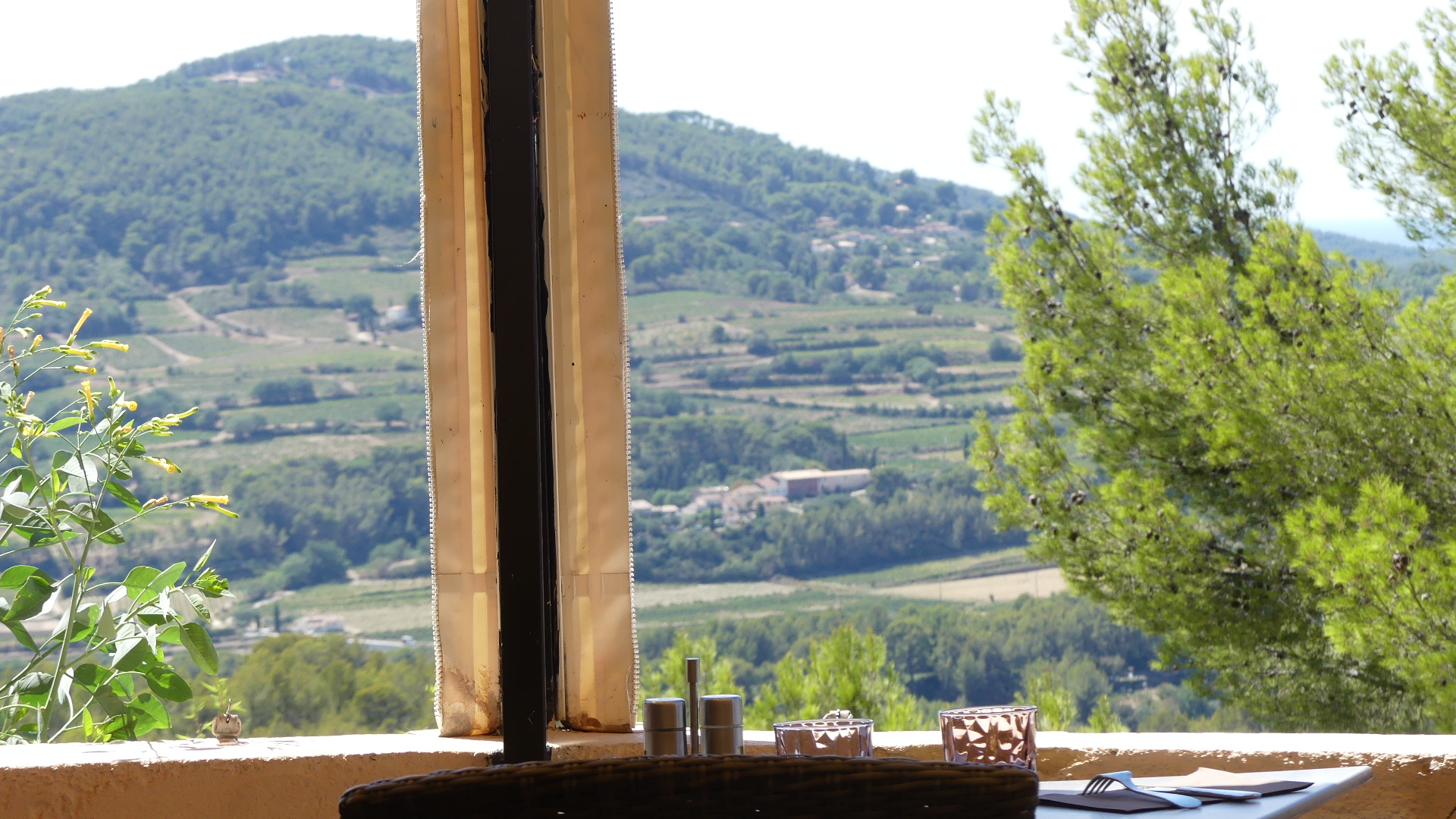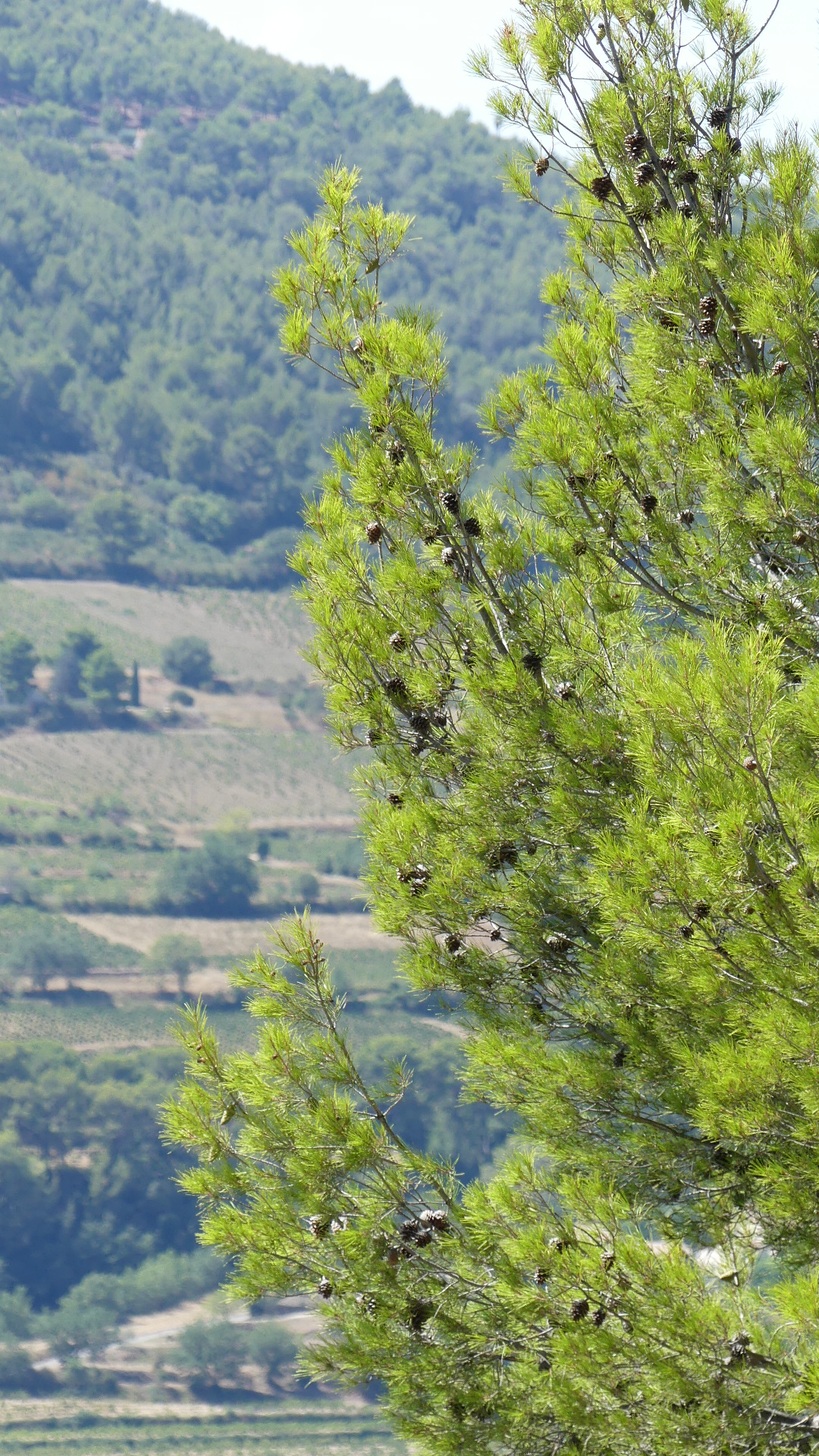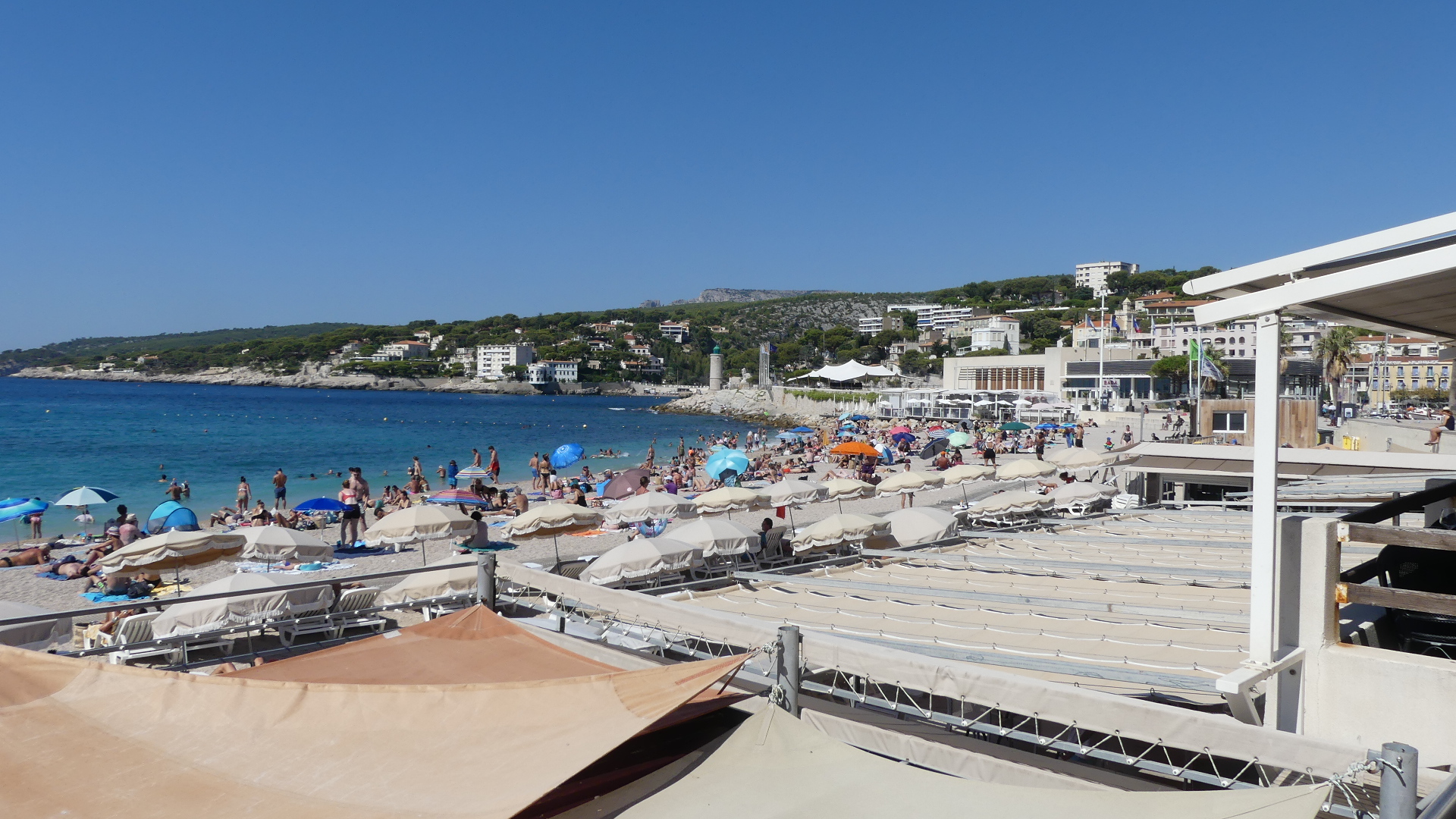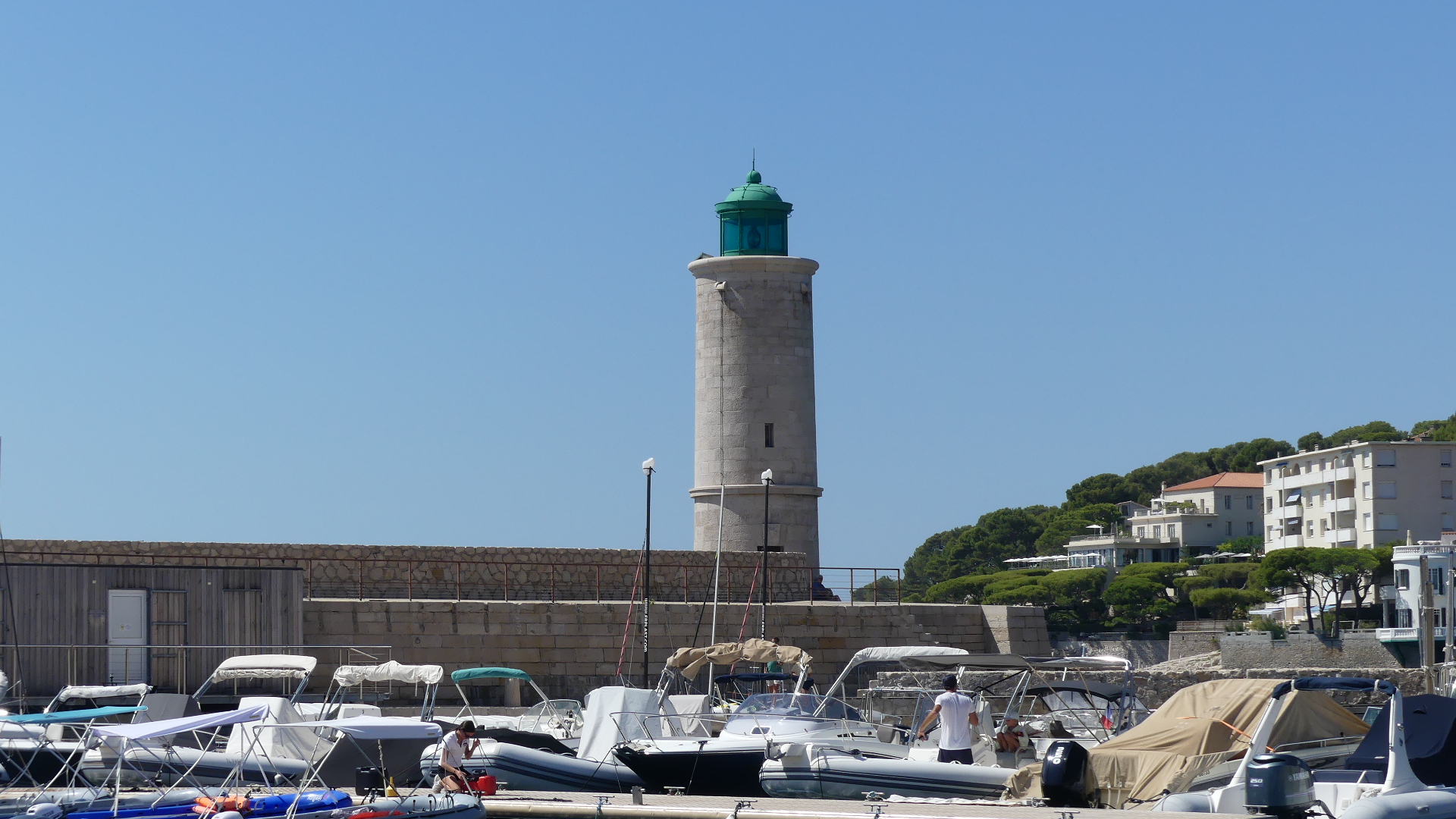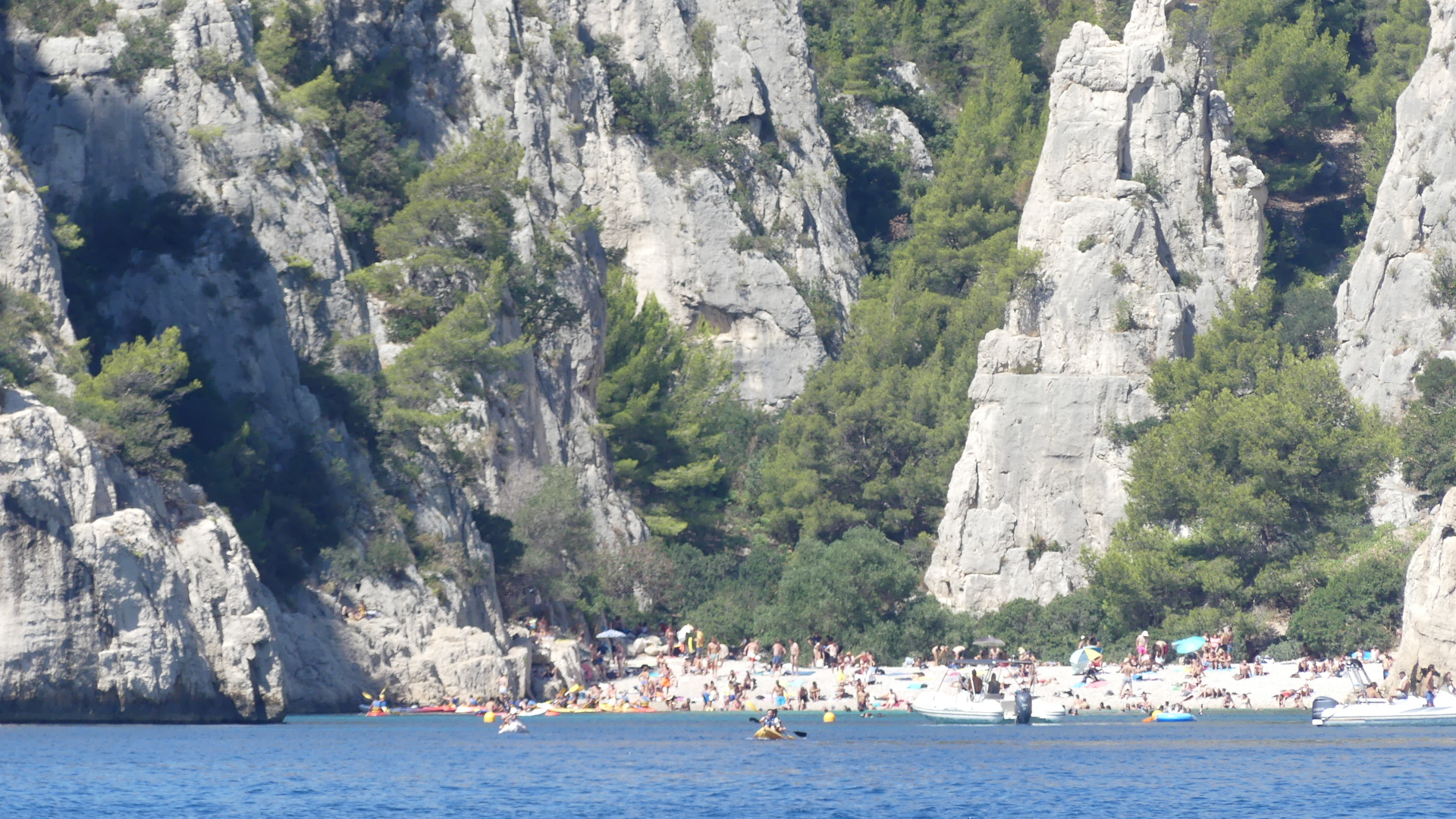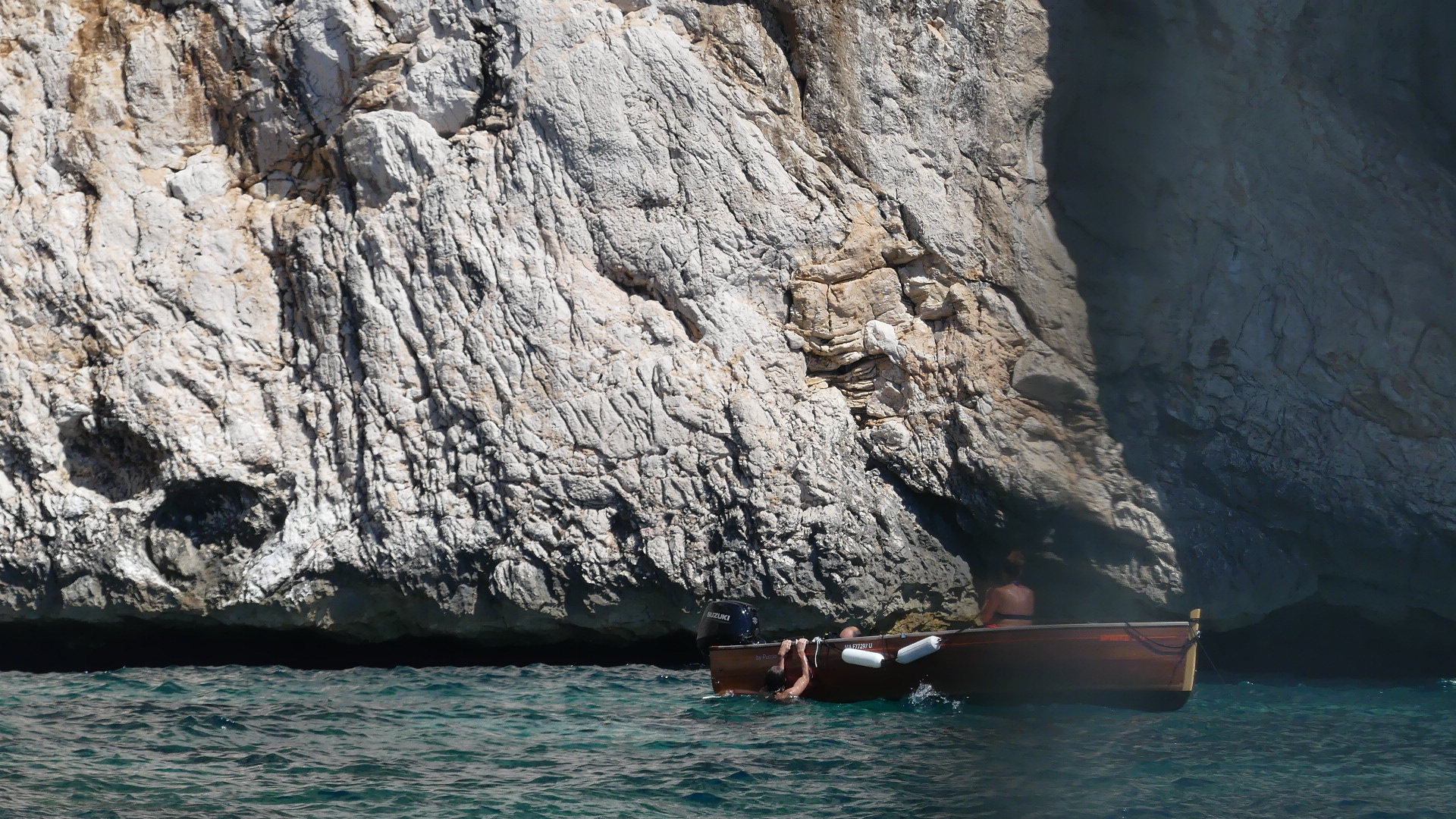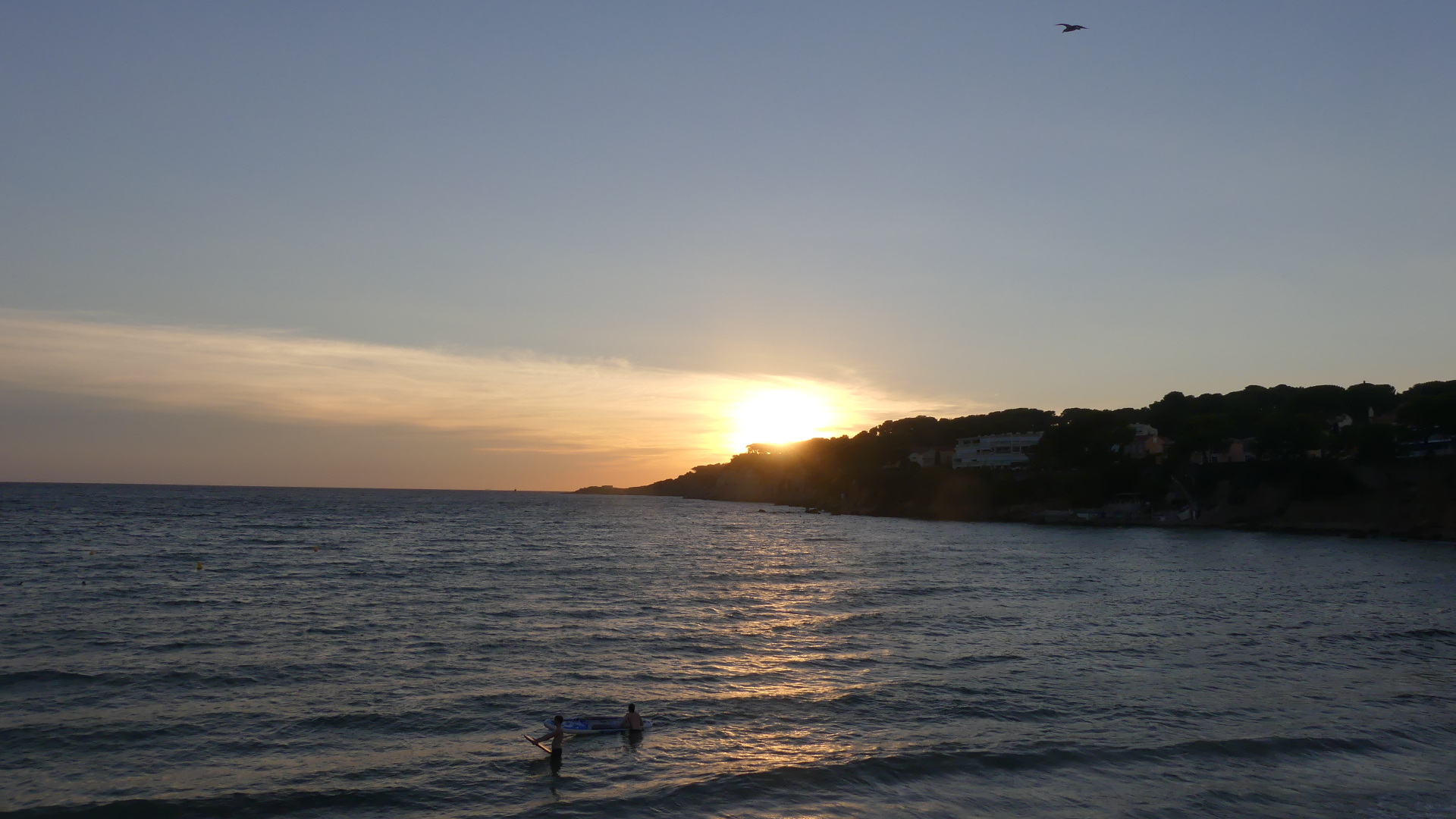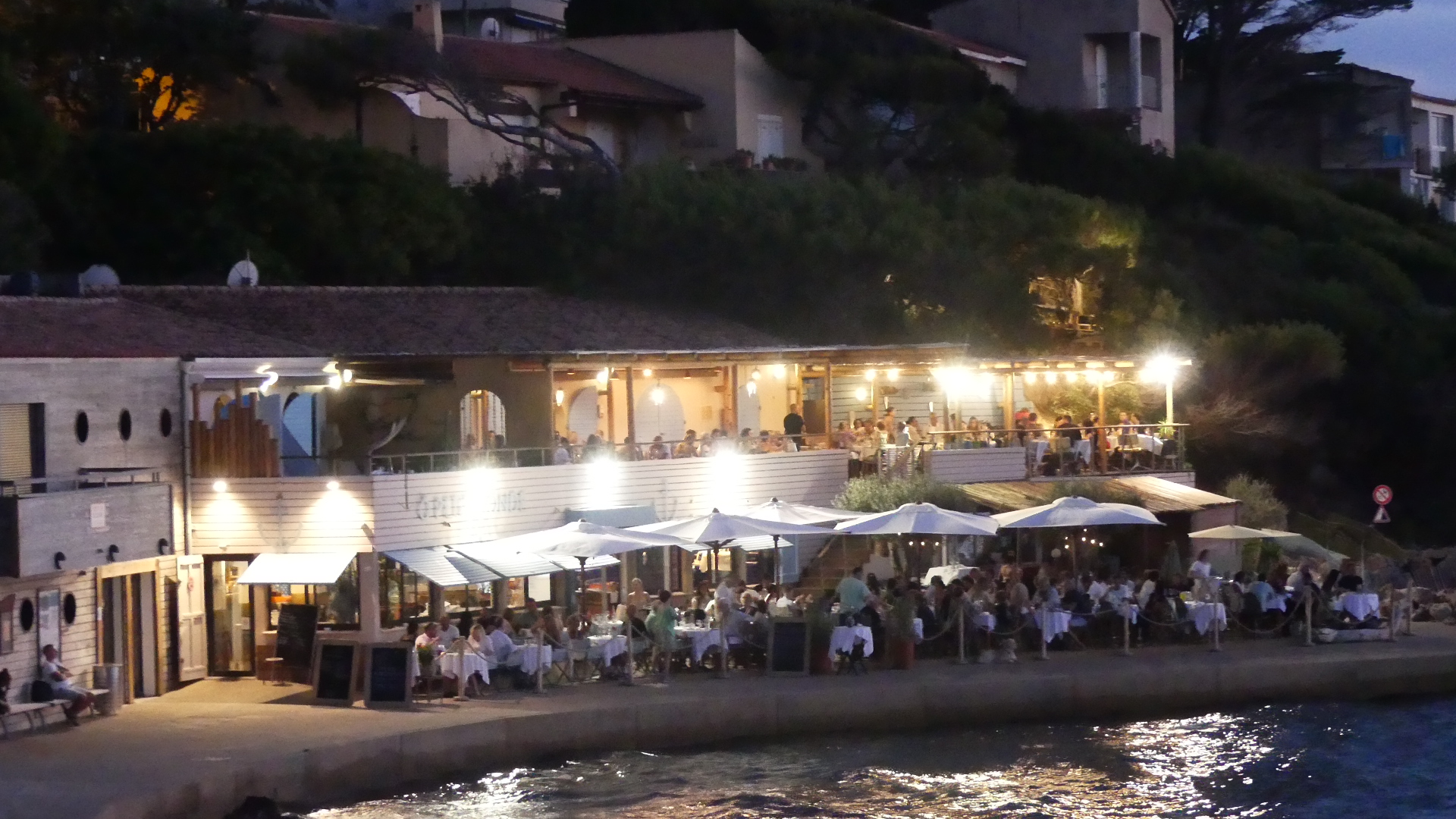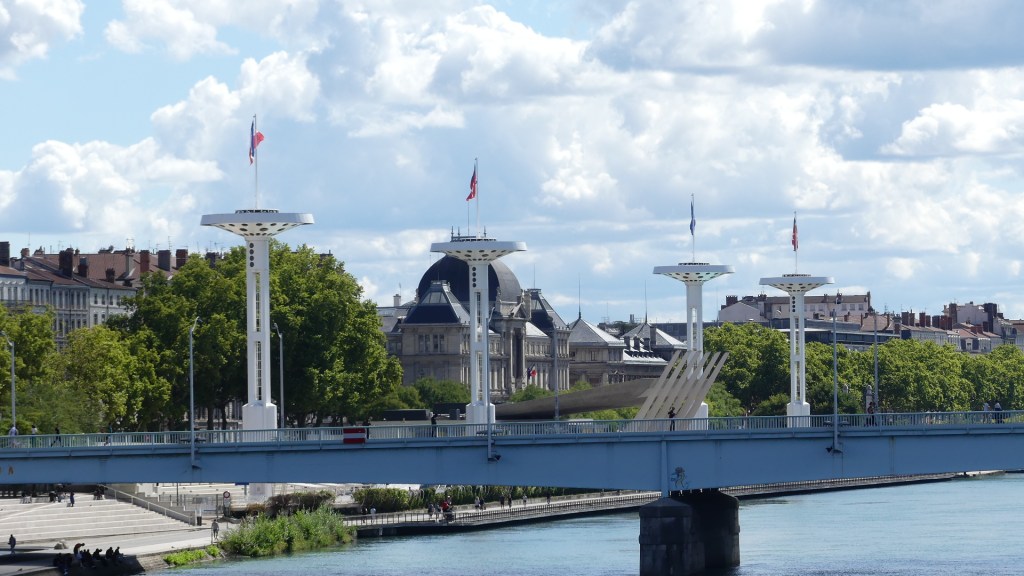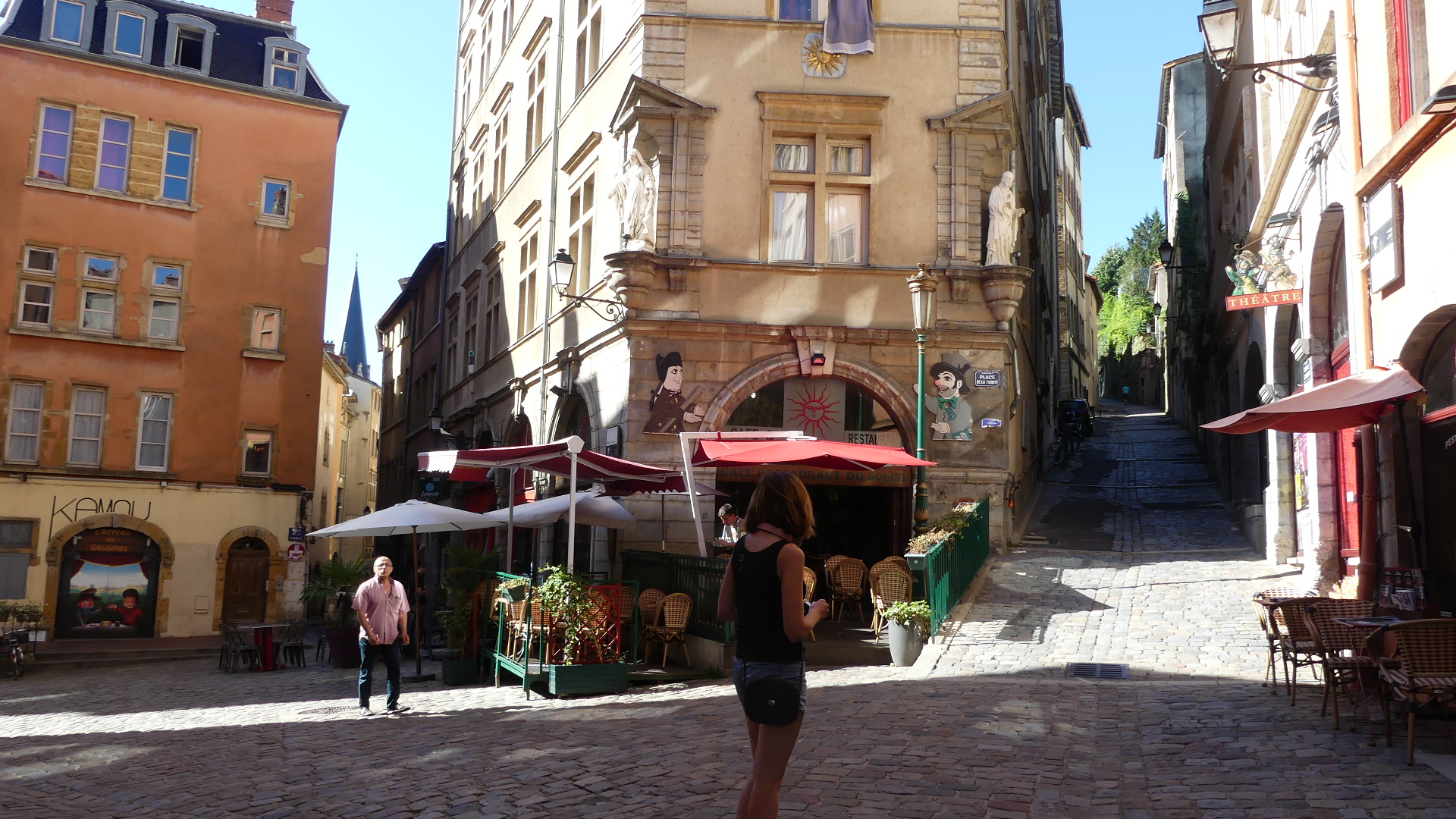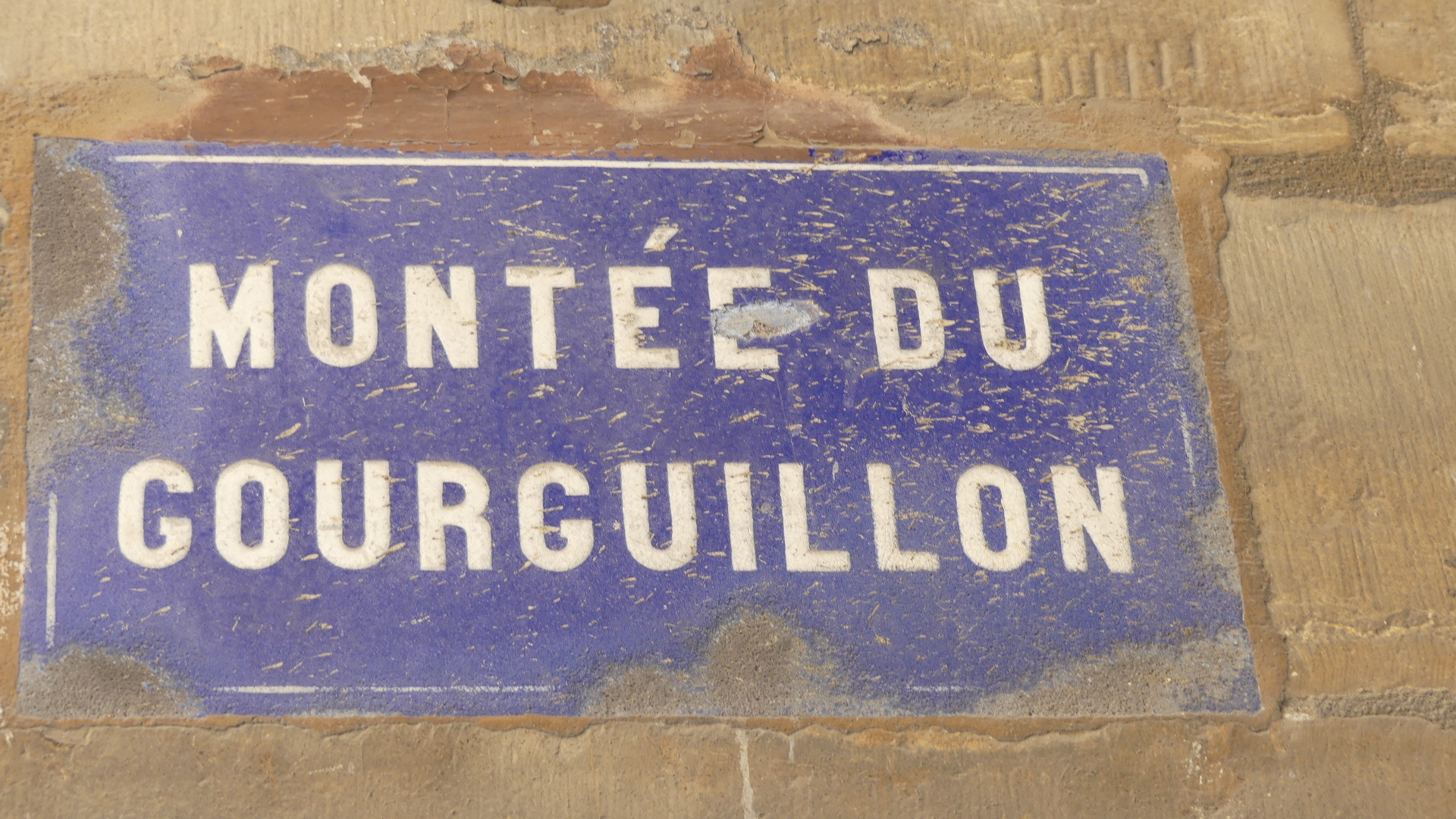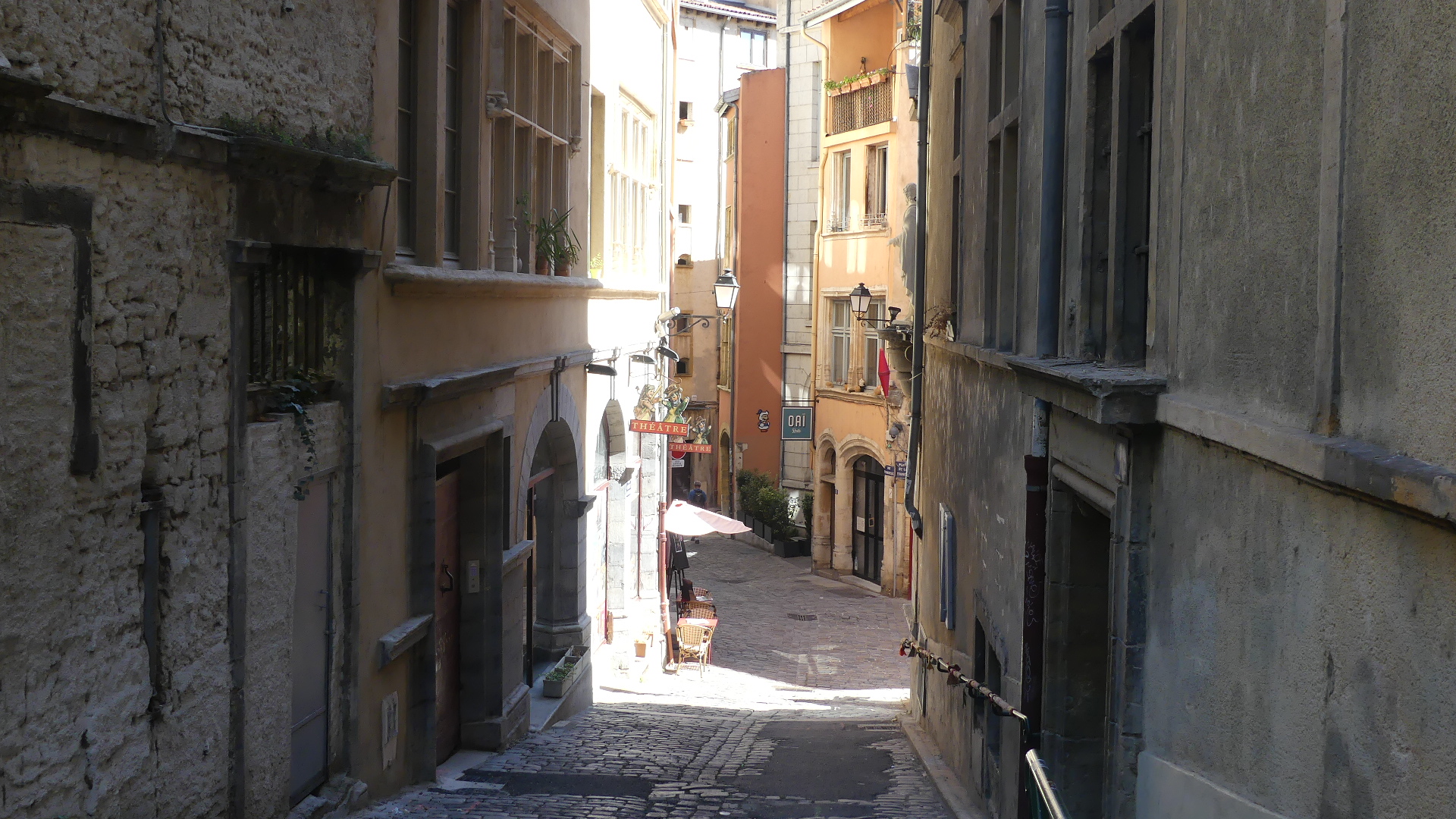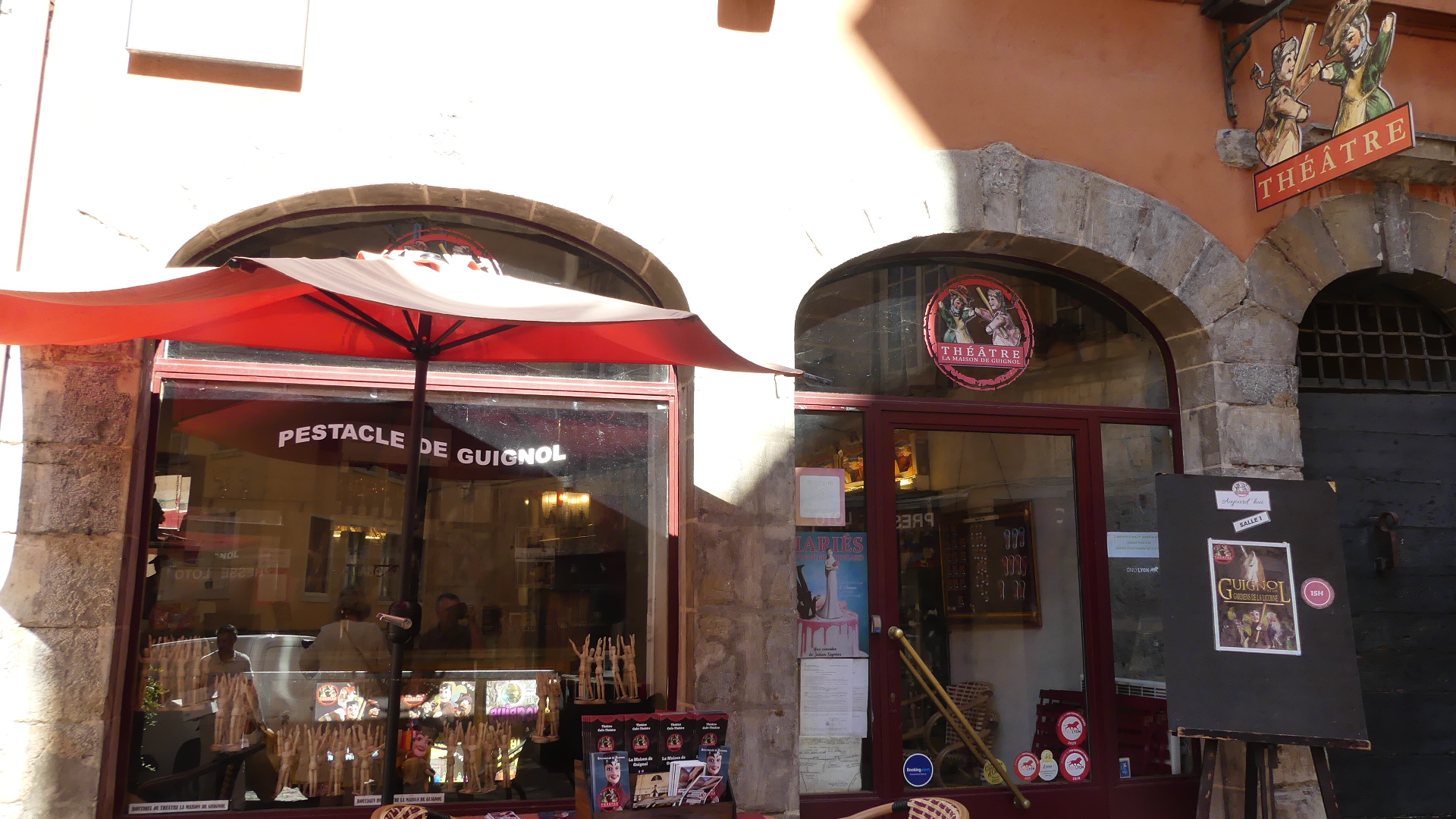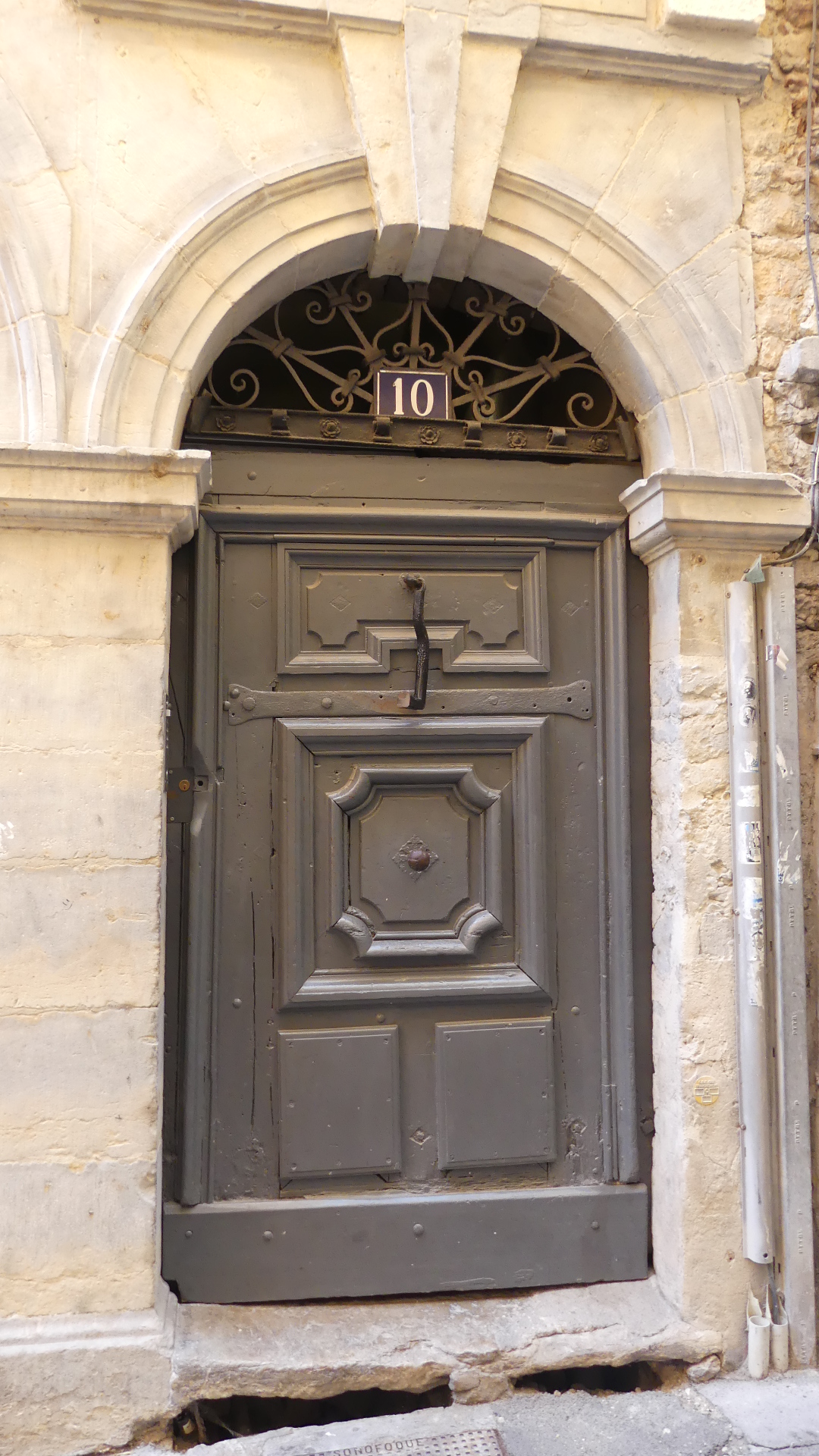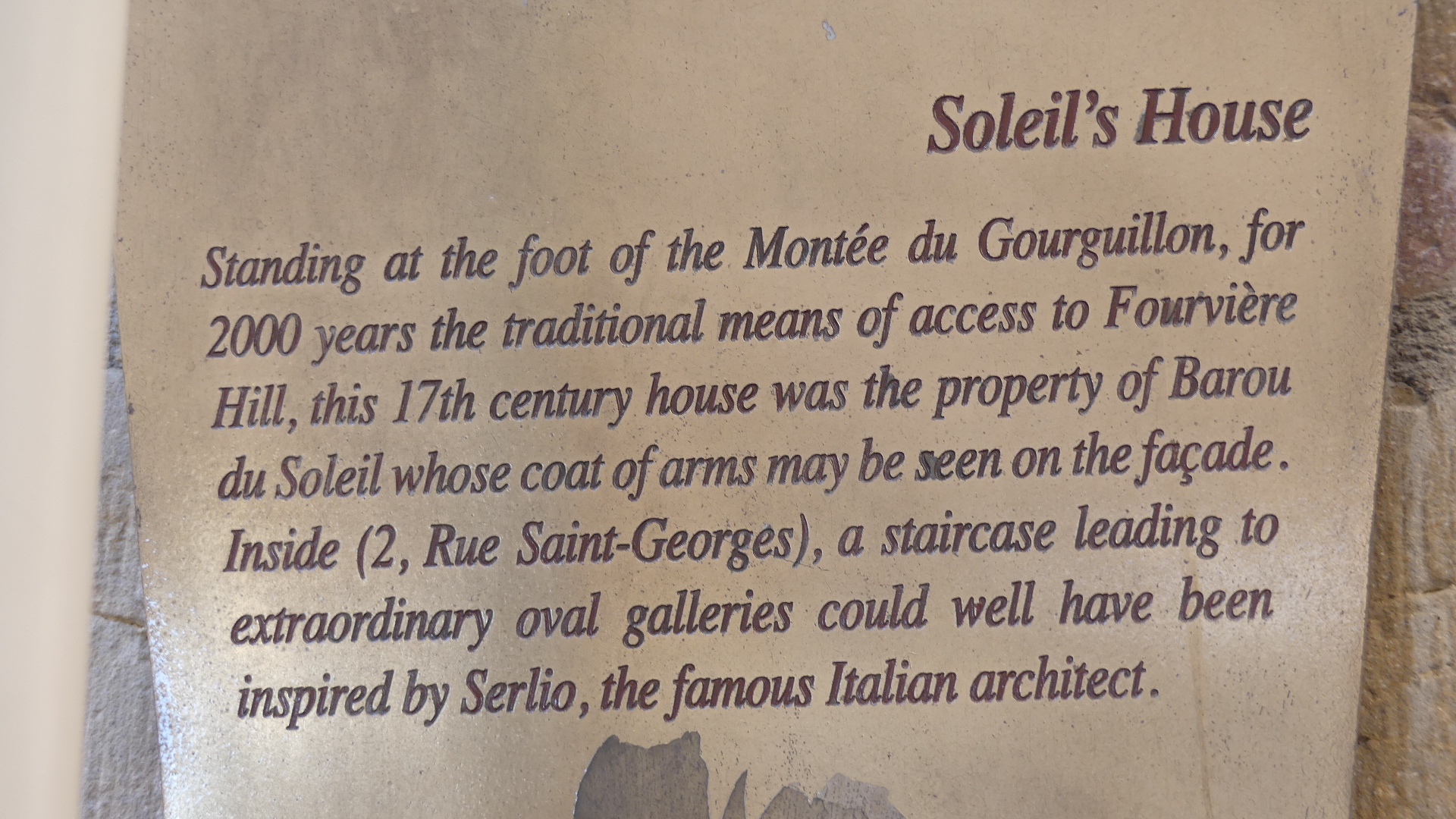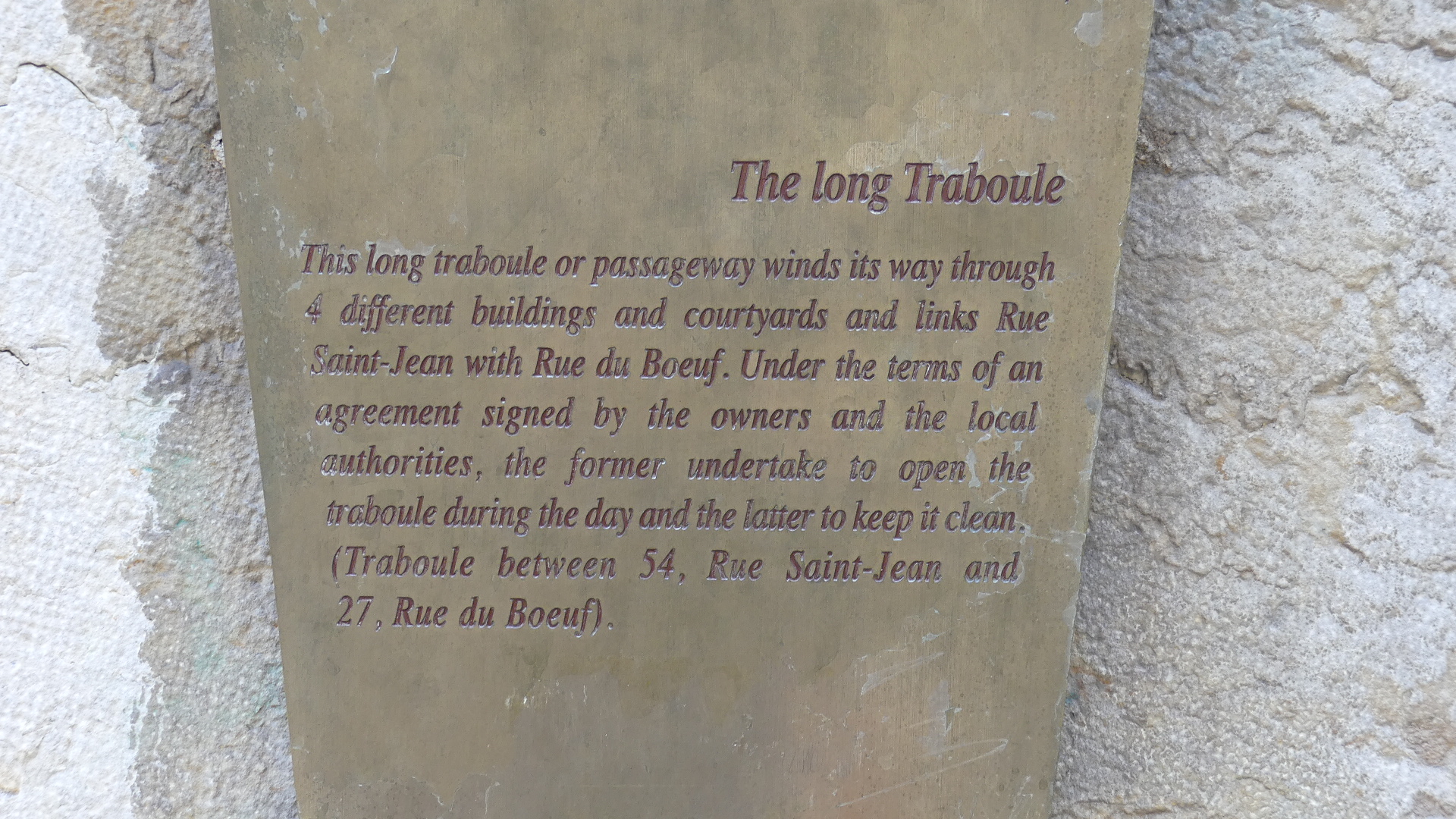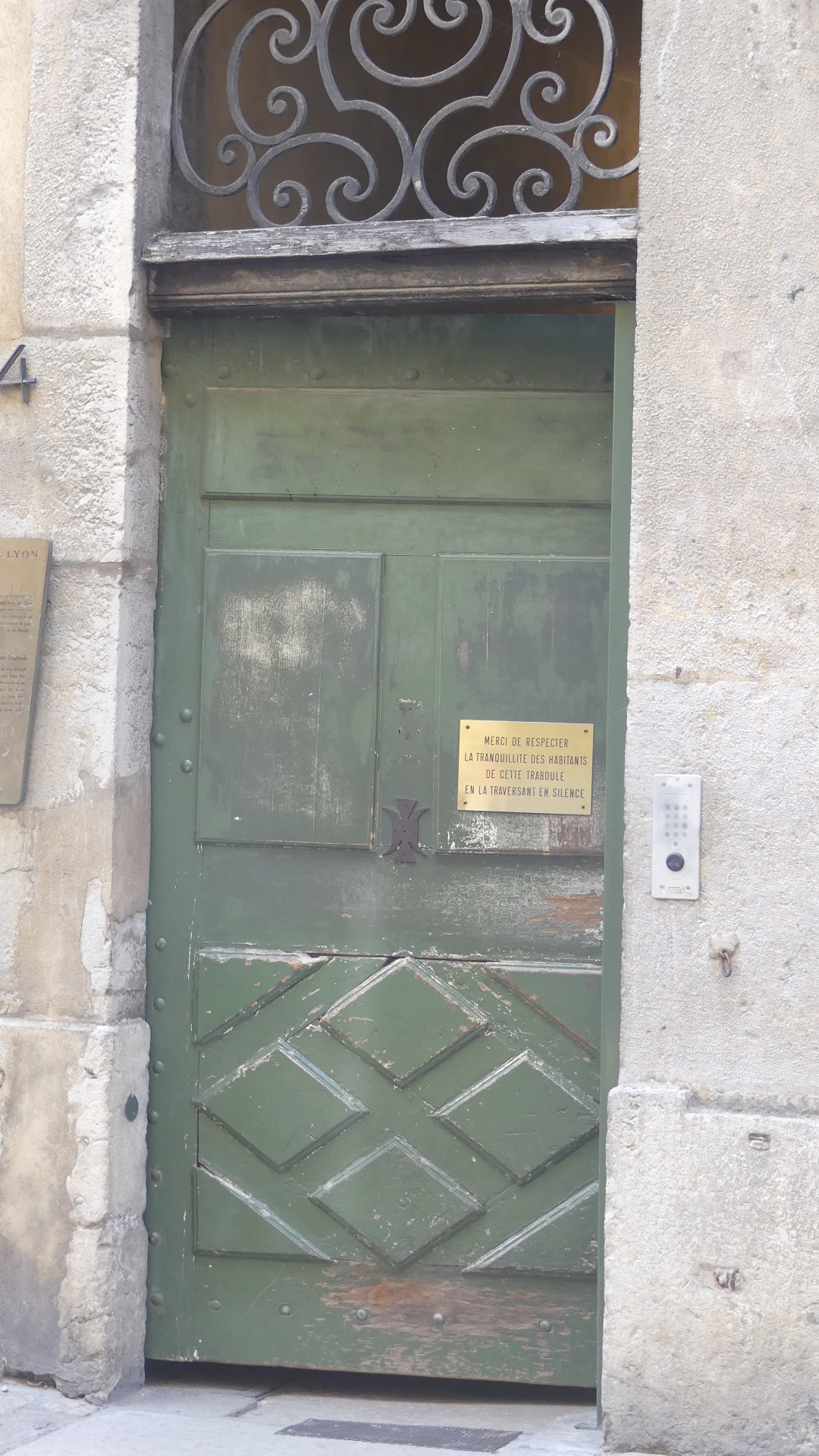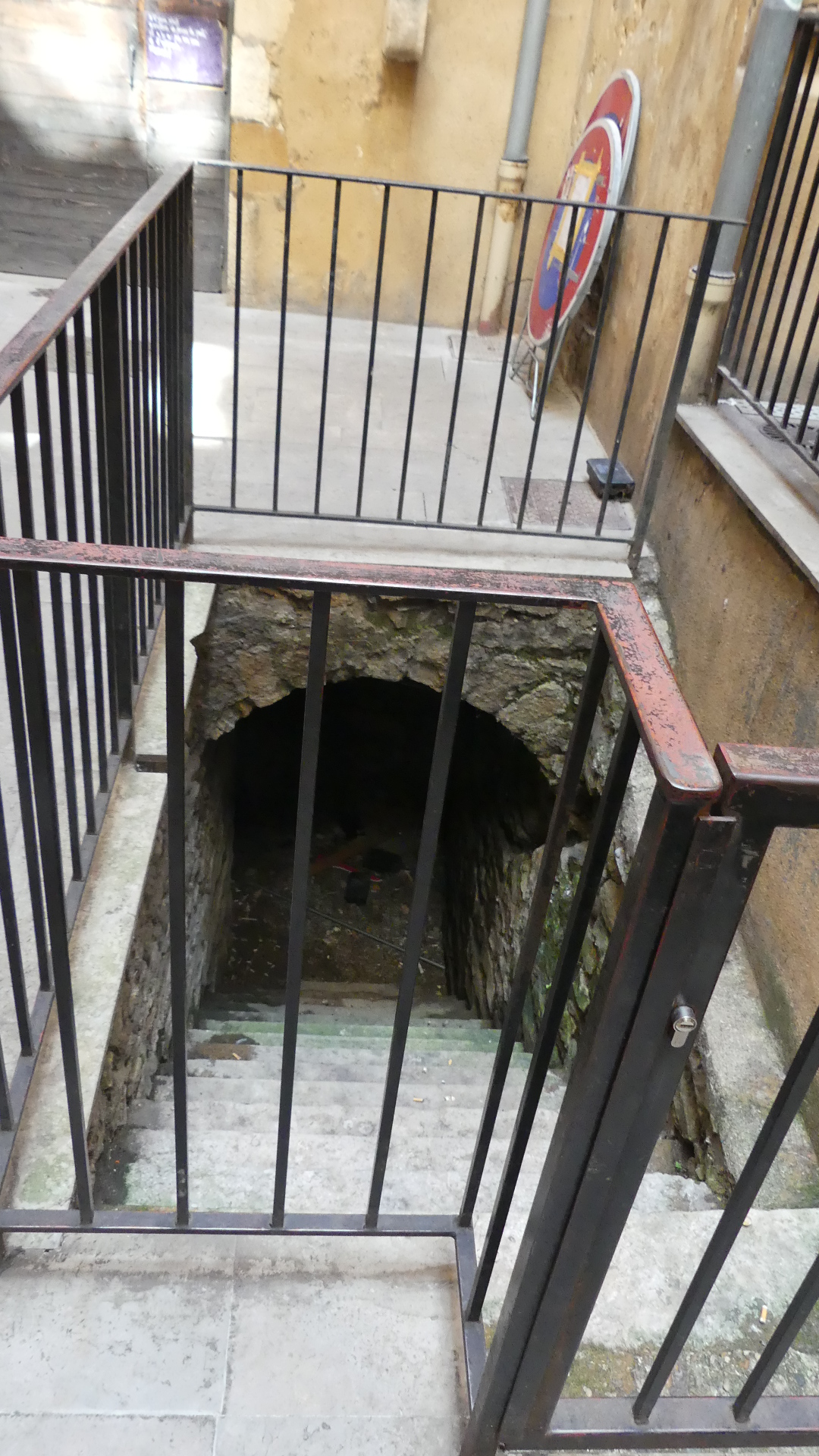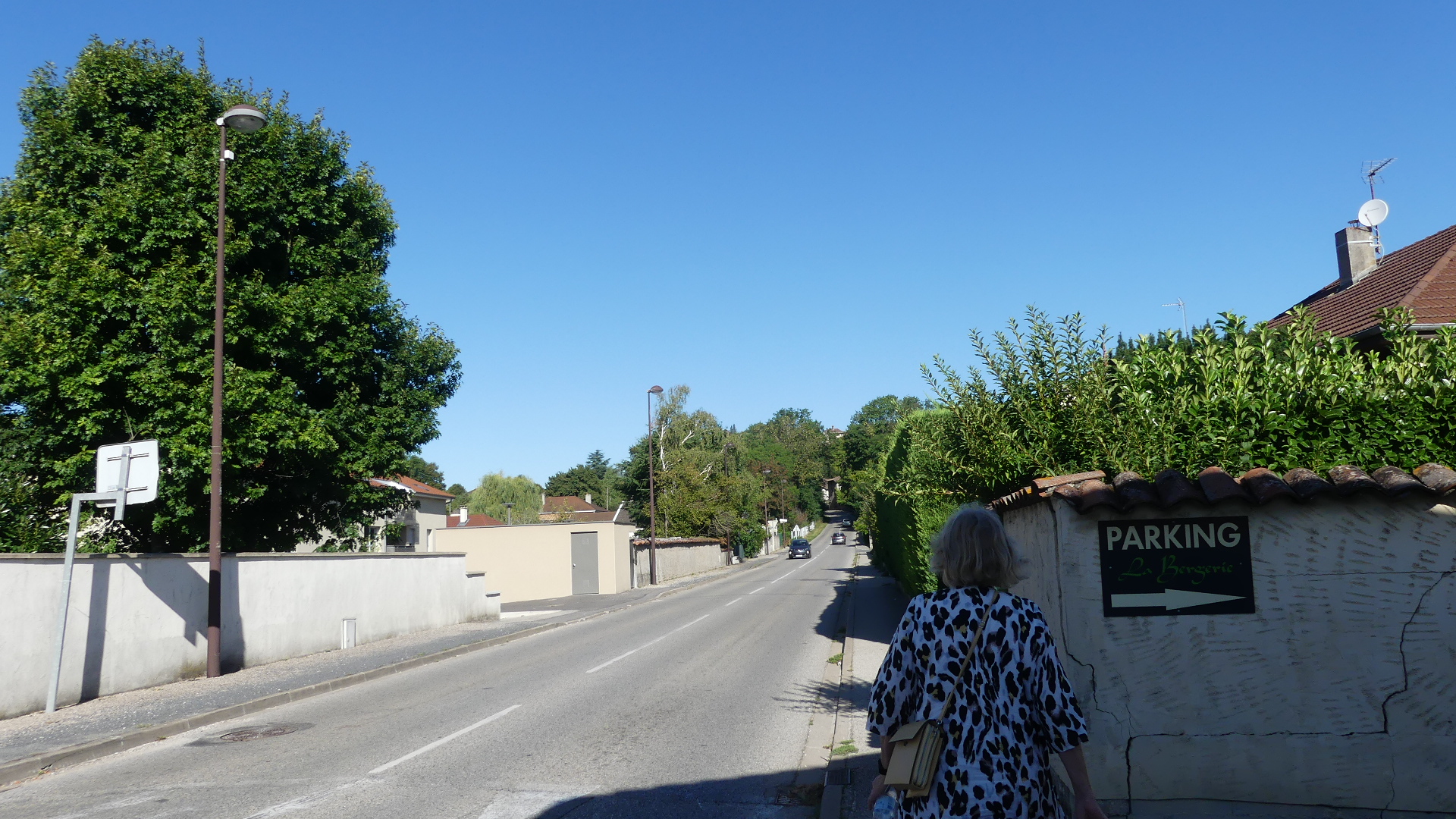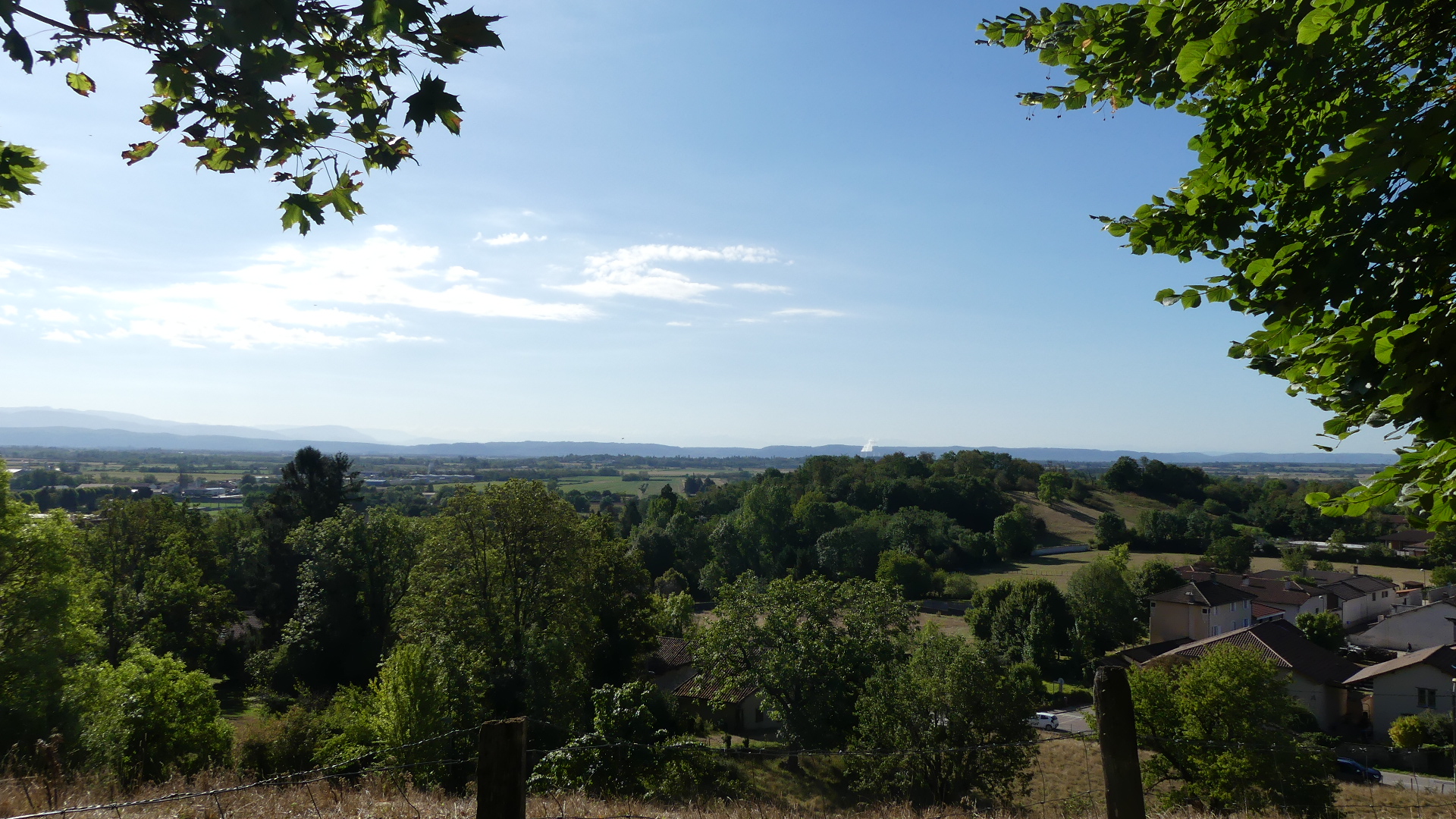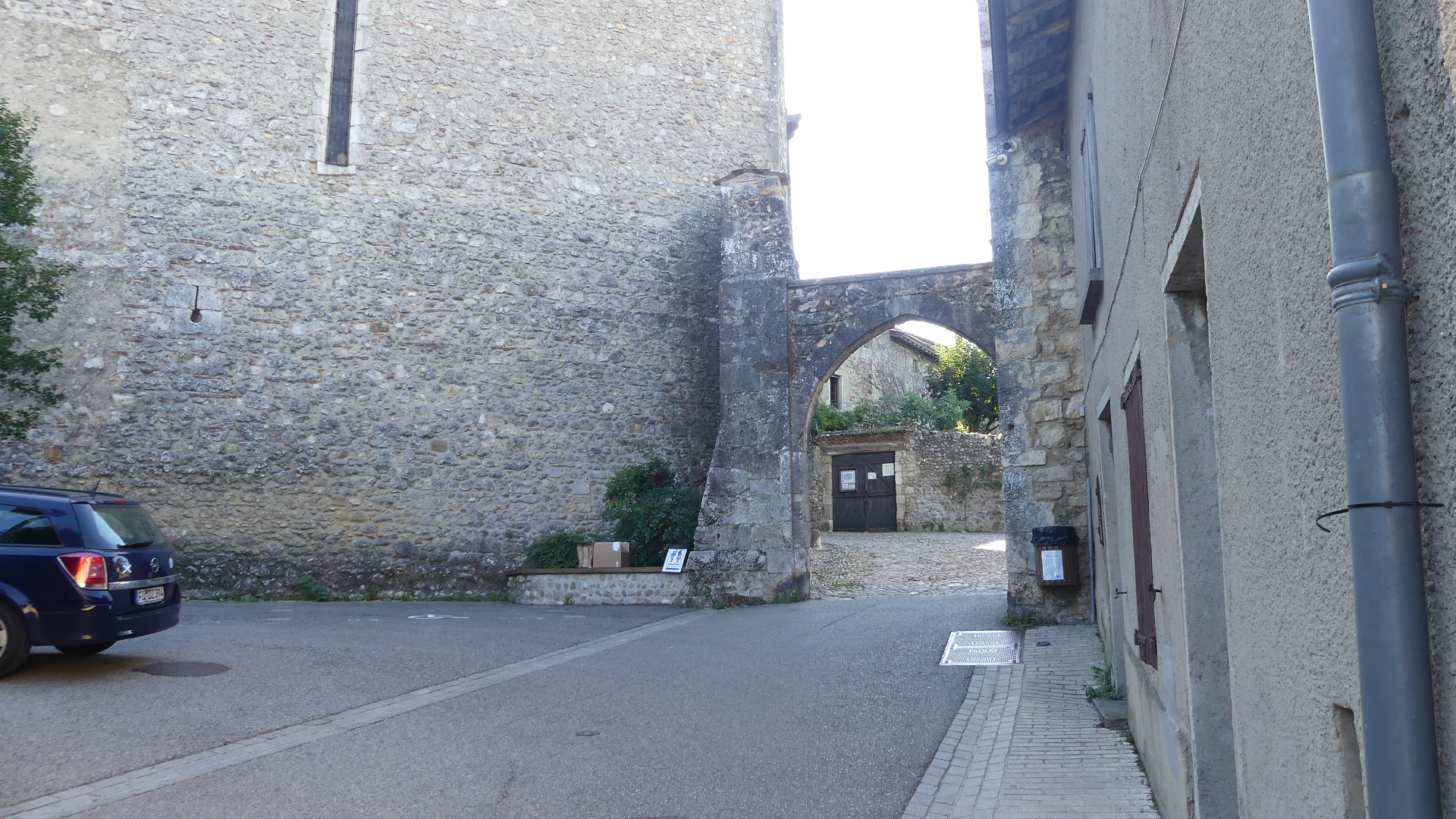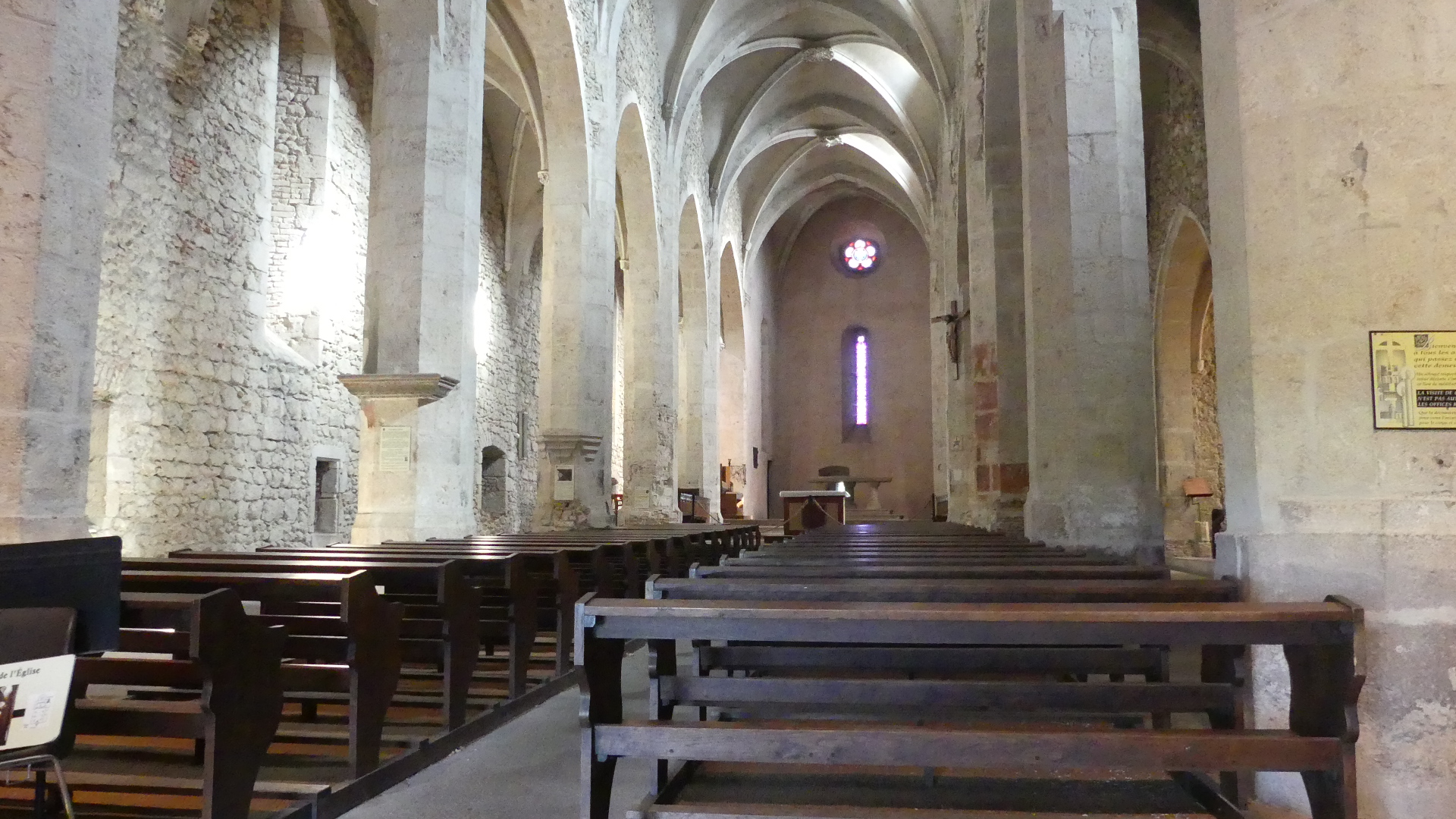After collecting our luggage at East Midlands Airport, we check the Sky Bus timetable and decide not to wait 45 mins but call an Uber for the trip to the Benternick Hotel Nottingham. Our Uber driver picks us up and just outside the airport we get a tremendous fright when a car speeds past us racing pursued by a mate. The shoulders of the road are draped in other motor vehicles and the crowd watching this illegal racing. A short way down the highway we observe a Police car lurking in the bushes apparently unaware of the circus behind us.
By the time we arrive in Nottingham, the reception for the Hotel has closed but we knew this in advanced and had instructions on how to find our room. Our room is on the second floor. With the benefit of the emailed instructions, we gain access and drag the luggage up to our spacious room. We are yet to eat so we visit Tescos Express next door and pick up some sandwiches and a salad after all this is all about overnighting then catch the train to Bristol. Despite the lack of a lift the hotel has a lot of charm, is conveniently located across the road from the Rail station and has a continental breakfast included.
Photos of the breakfast room and the view of the rail station ourside our bedroom window, inside the station and the chimney stacks.

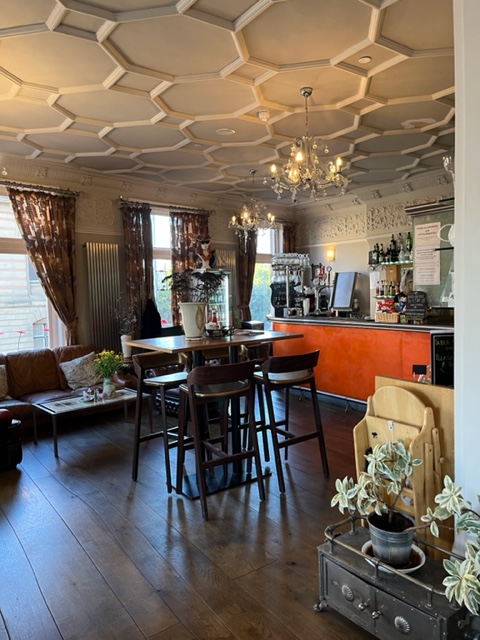



Our journey starts at Nottingham Station. We board the train which soon commences its journey passing by the power station chimney stacks which represented the land mark to identify Nottingham whether we came by car up the M1 or flew into East Midlands Airport. First stop is Derby a frequent destination when we lived in Long Eaton and then onto Birmingham. First time in Birmingham Station to change trains for Bristol. Our fears of changing platform disappear as we walk to the other side of the arrival platform to travel onto Bristol arriving in Bristol by the middle of the afternoon. We refer to our phone and google maps to locate our hotel West India House and our apartment for our stay in Bristol. The apartment is very private, and our apartment is again on the 2nd floor but this time we have a lift – smaller than the little lift in Lyon (I didn’t think it possible).
Photos

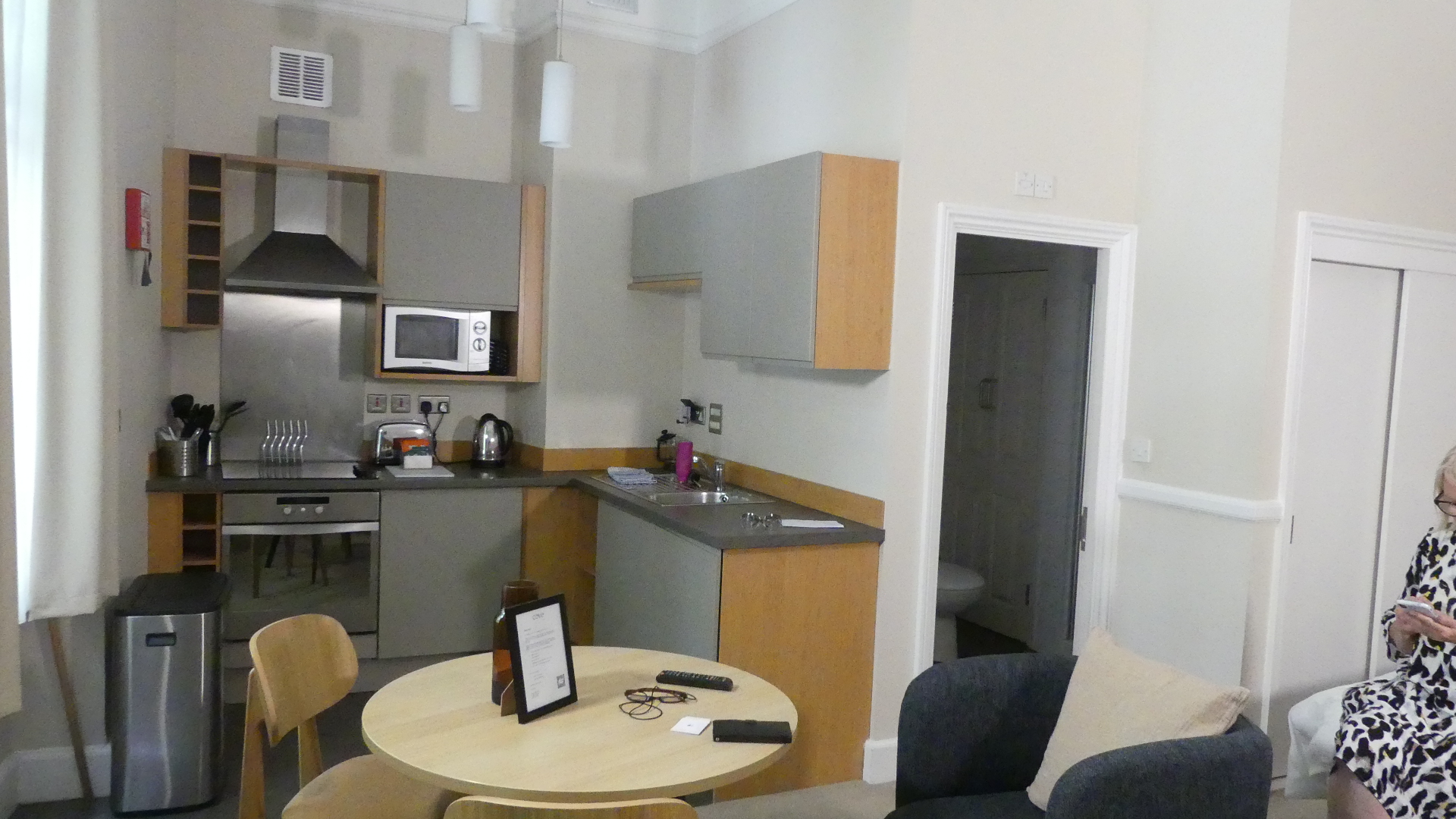
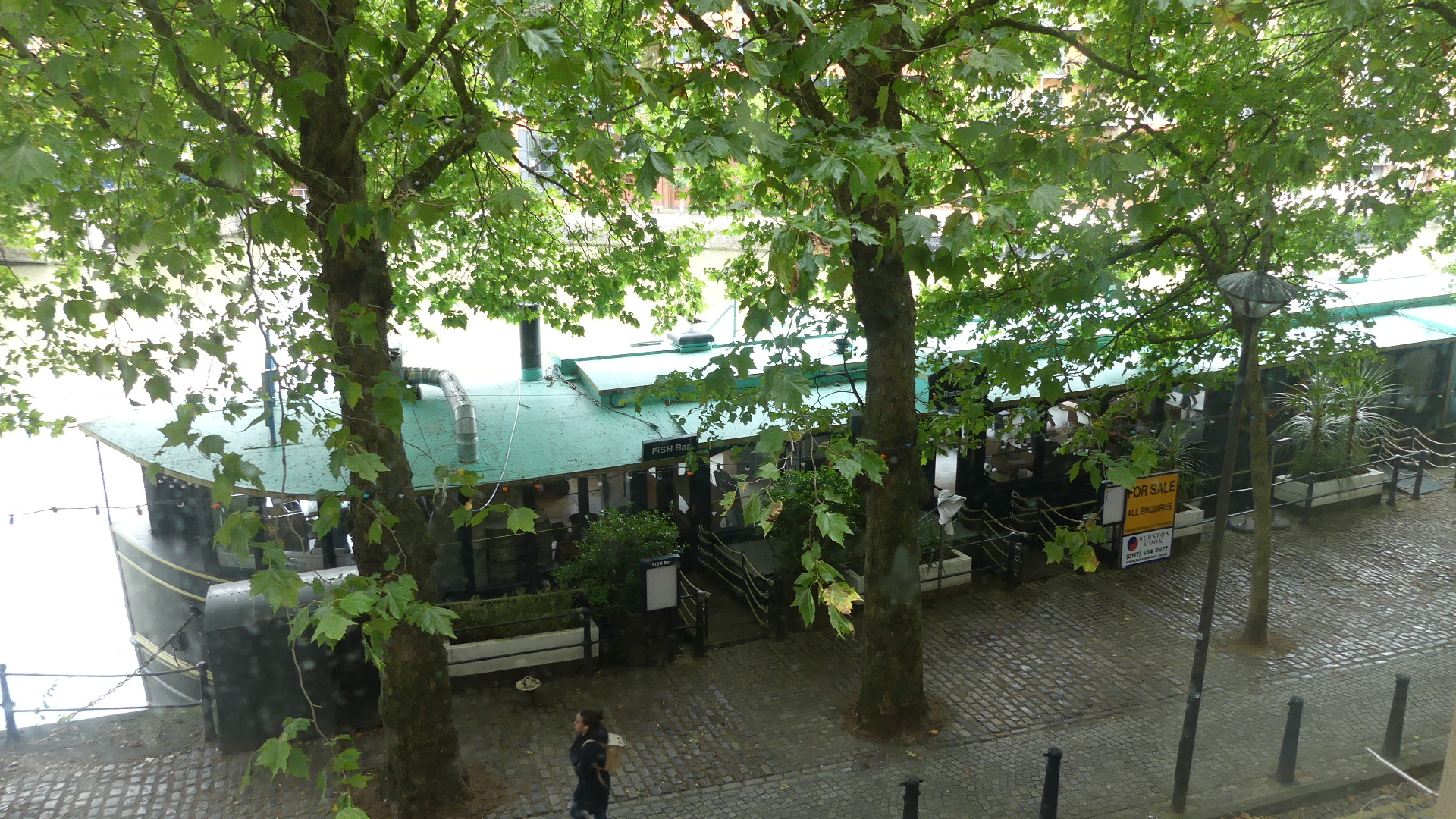
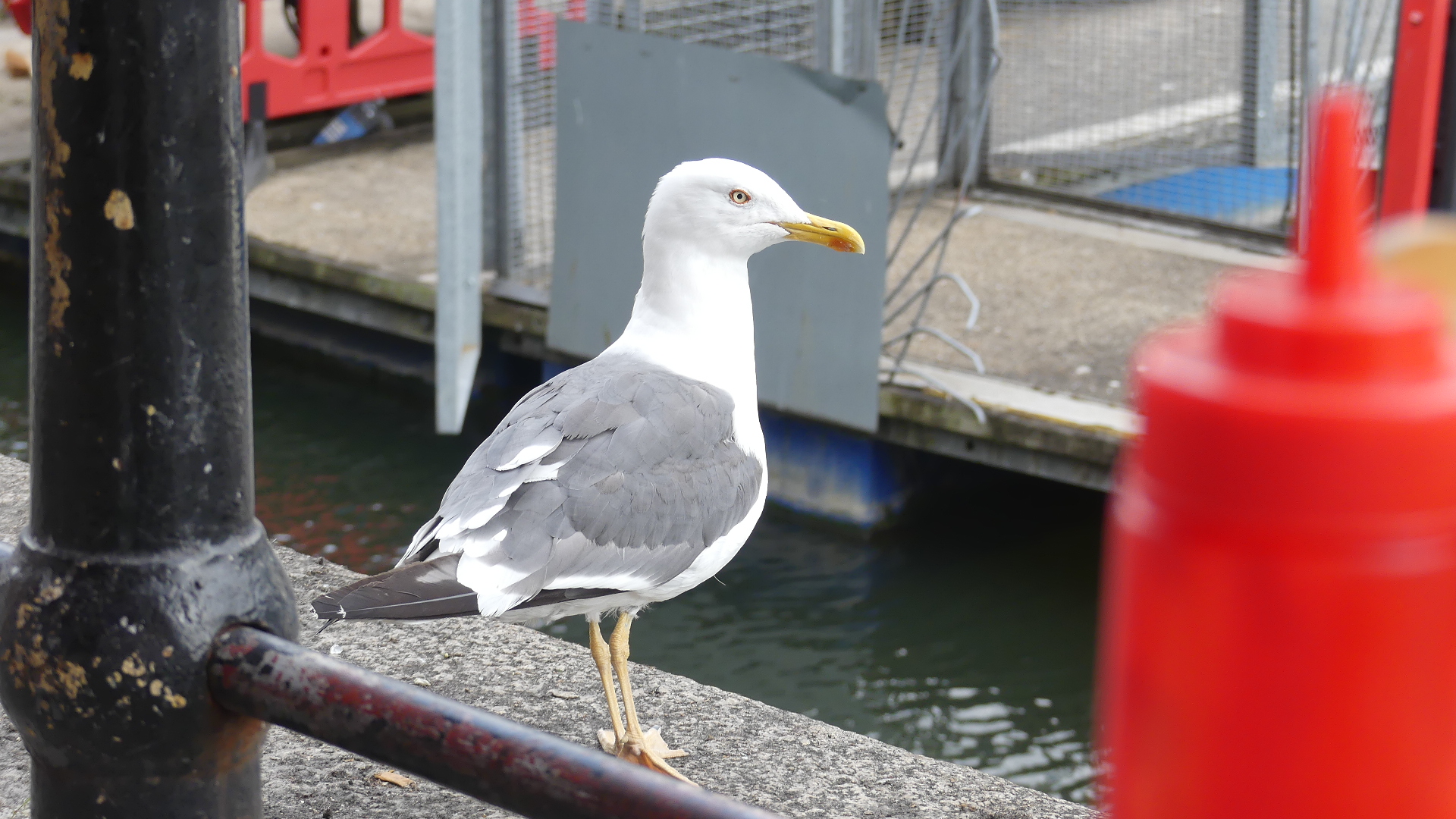
Welsh Back (the name of the road in front of our apartment) follows the canal/floating harbour of Bristol (the canal runs into the River Avon). Beside us is the Brewdog Bar – yes the same Brewdog as at Murarrie in Brisbane . We have a large choice of pubs and all quite handy but our search for the tourist information office was to prove impossible with misleading signage and then to learn that the office had closed. Last located in the City Aquarium we were fortunate to obtain a copy of a street map amongst papers they had left behind.
Our exploration had uncovered the ferry system running up and down the “floating harbour”. These ferries run the length and breadth of the canal off the River Avon. The walk from the station to our apartment left me with the impression that we were in a pocket and dislocated from the key parts of the city. This proved to be very wrong. Our first afternoon we spent checking our location with the aid of the tourist map. Distances looked very long on paper but nothing could be further from the truth. We found a bar and had a late afternoon lunch of burger and chips – in fact every cafe pub and restaurant seemed to have either burgers or pizzas – this proved rather tiring as a menu choice.
That night we continued our exploring and realised we were in the old city section of Bristol. Two streets over from our apartment we found Corn Market St and the St Nicholas markets. The Markets were closed but the street was alight with the lights from “pubs”. These establishments were nothing more than a cafe with beer on tap – every kind of imaginable beer. Two streets in the opposite direction we found a section of King street turned into pedestrian mall and beer hall. On one corner stood “the Old Duke”, across the road a pub the Llandower Trow (in Tudor style one section had a frightening lean suggesting it was going to fall into the next pub), then adjoining each pub another pub on each corner with the mall filled with bench tables and people – the hum of constant conversation filled the air and the smell of hops and beer a partnering aroma. We went back to Corn Market St in daylight and it is essentially now a second hand dealers emporium but its clock remains to evidence the position before Greenwich created mean time.
During our exploration, we learned there is a walking tour of street art and graffiti including two examples by Banksy. So, the next day we made our way to the College Green in front of the City Hall where we met our guide John and about 20 other visitors to Bristol. For twenty quid (seniors’ discount) John gave us more than a two and one half hour tour with constant commentary into an ear piece he provided. John told us that in his earlier life he had been a youth worker at the commencement of graffiti becoming a culture and as a youth worker he encouraged these individuals to express themselves through “art” and in this role he had been part of the development of the culture, met and knew many of the notable street artists and the not so notable taggers making up this culture. He explained that in many instances the street artist started out as a tagger and developed into a notable artist – Banksy was one of these. He also explained that taggers had a different view of the world and considered anything and everything a fair target and did not expect their tag to last as a piece of work. There are a few unwritten rules about exceptions to this rule. The key though is that graffiti artists do not expect their work to be permanent.
The first work he showed us is straight across the road from City Hall “the Well Hung Lover”. this is a protest piece done by Banksy at the start of his street art period after learning about avoiding the long arm of the law as a tagger. Bristol had a policy that graffiti was criminal damage of property and enforced it rigorously, but this piece changed that policy. Banksy was able to produce the piece without being observed and escape with the unveiling of his protest (he had contractors erect scaffolding and posing as a commercial painter produced the work under the cover of a mesh screen). The council allowed the piece to remain, but an anti-graffiti protestor used a paint ball gun to try and deface the work with the council cleaning off some of the blue paint.
Photos – the canal ferry, the golden hind atop a building, multicolour attached houses, the Bristol Museum, the Bristol Sailors Home, Hole in the Wall Pub, The Ole Duke and the Llandower Trow, the markets up the stairs and the Corn Market its clock with 3 hands and its front door, City Hall and the library. The last photo “the wellhung lover”




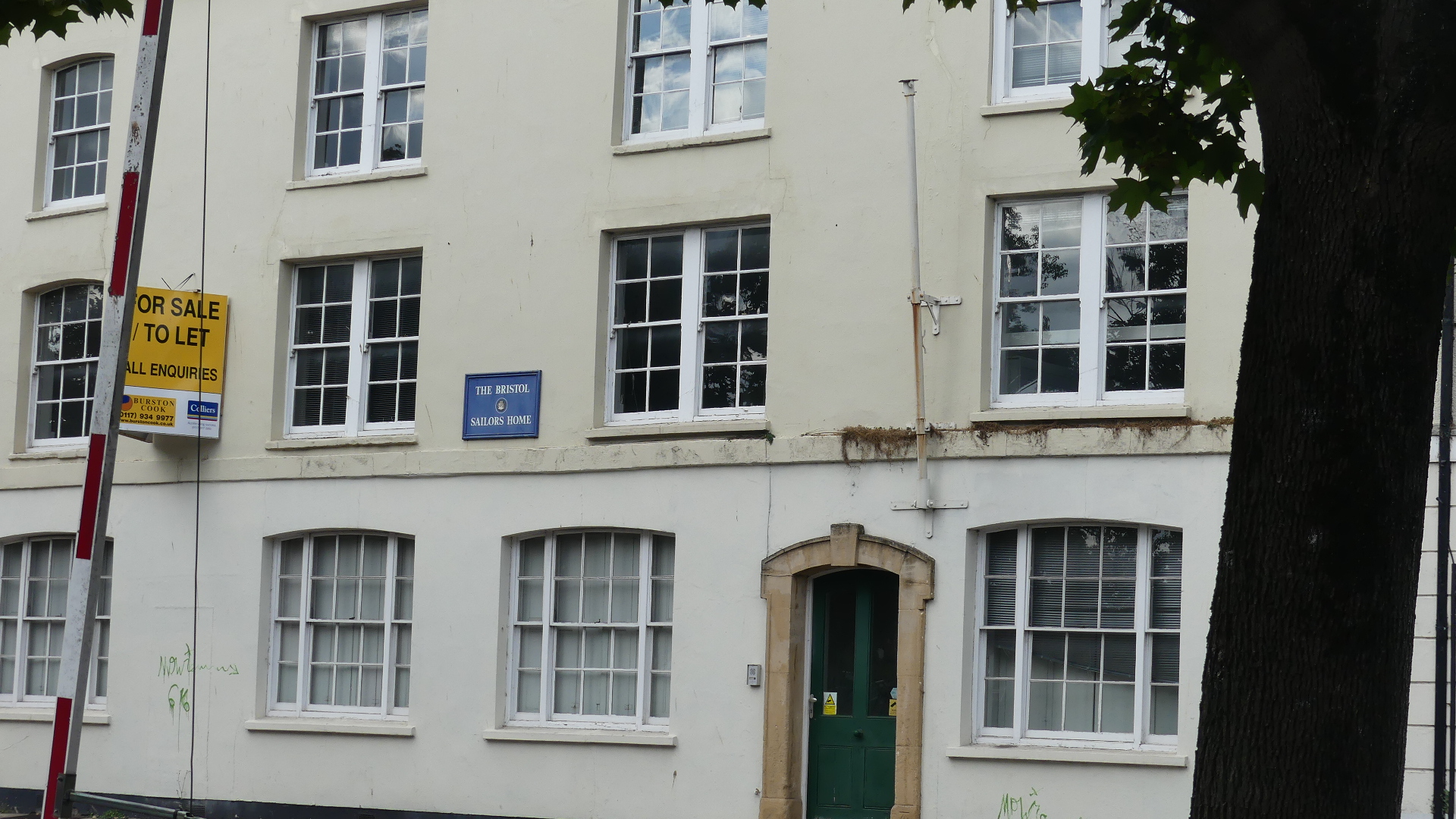















As the culture developed so John says a committee of youth workers and “artists” proposed a festival to celebrate the development of the culture. He then took us to see these works and talk about how some are done by stencils and others freehand. All of these works have been tagged in one way or another.
Photos and the final Banksy bottom right. Many expressed an object such as the protest that “black lives matter” and the Banksy protest about the Bristol riots





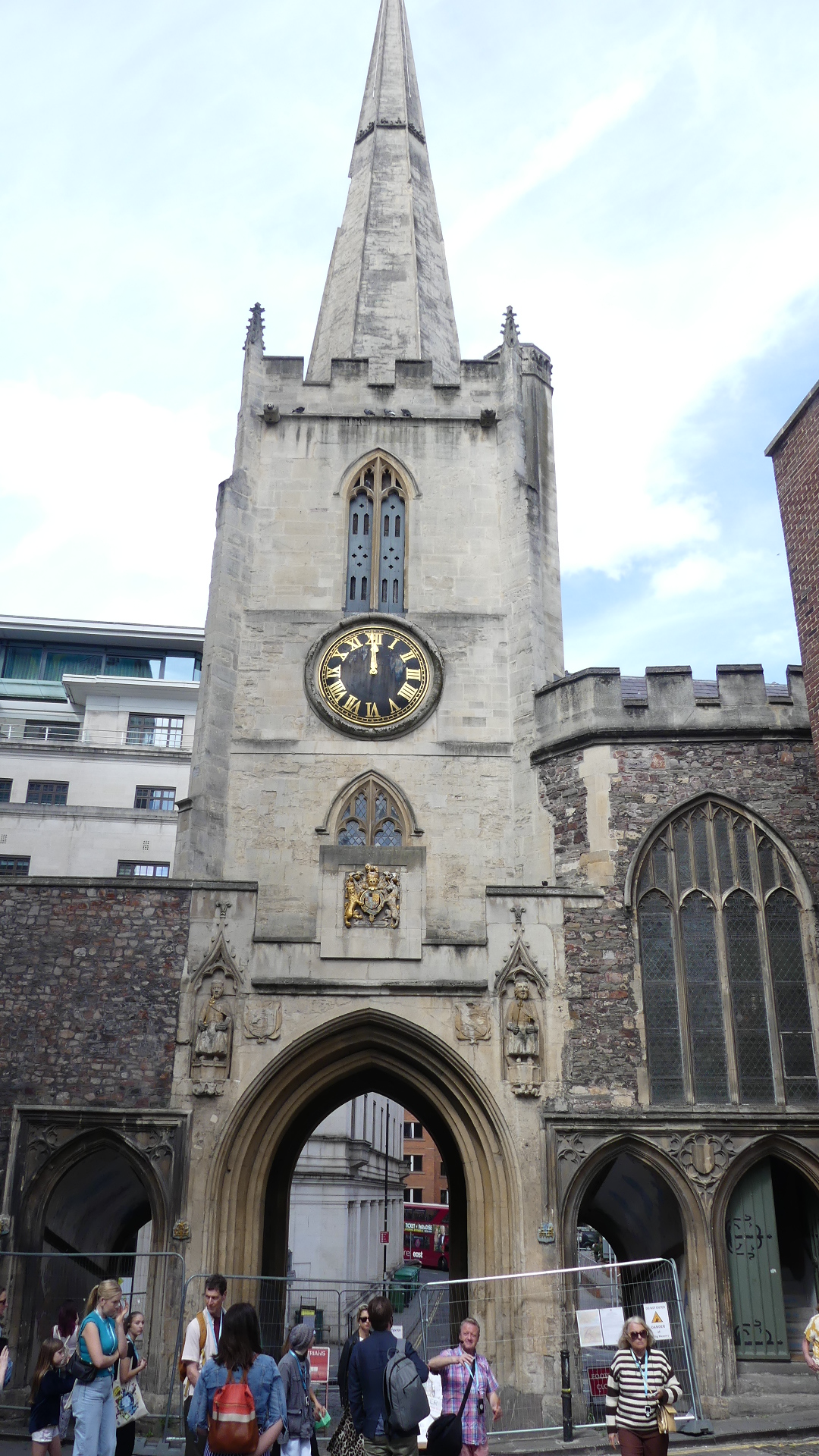

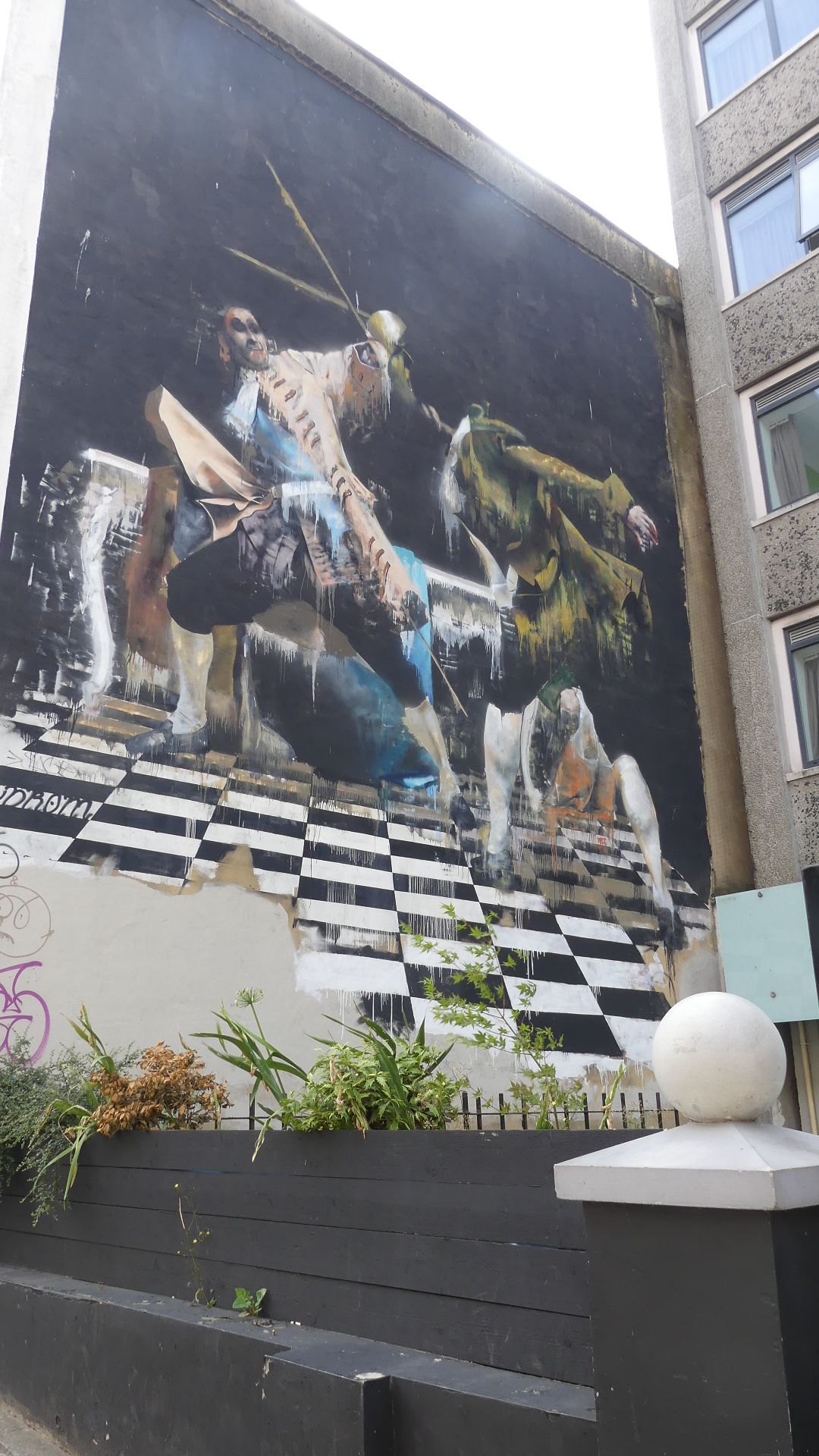

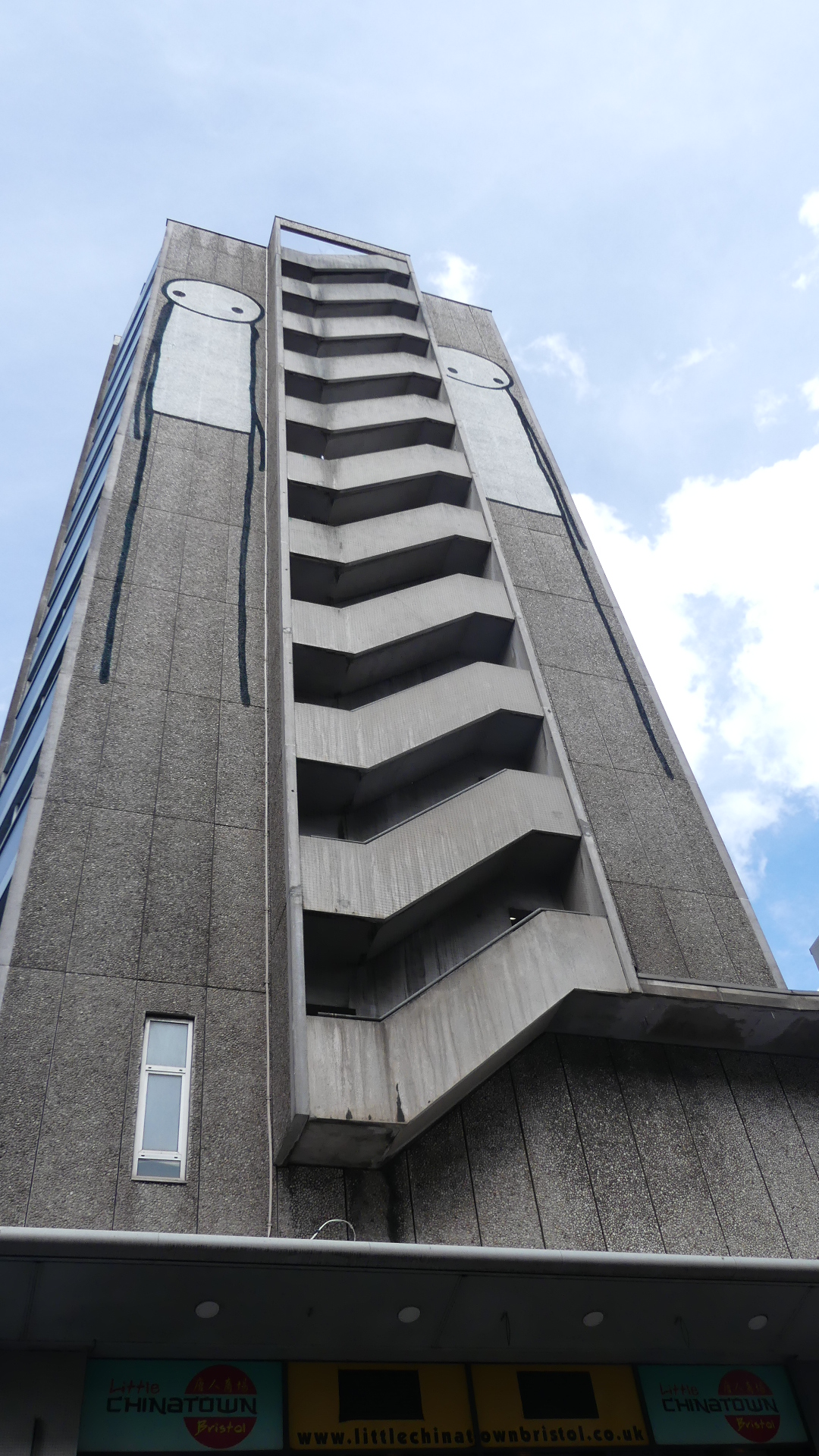







Many of these buildings were earmarked for demolition and the sites redeveloped but Covid changed all of that. You will note from my pictures the dilapidation in some sections and sectors. the council still actively seeks to stop and remove graffiti and paint companies are riding that sentiment with development of anti-graffiti paints whilst continuing to produce the material these people use – in fact there are specialist stores where taggers purchase their materials and he showed them to us. Bizarre! The only winners – the paint company.
Finally, John showed us the second Banksy – a protest against Police for causing riots over graffiti. Whilst the piece is a meaningful expression of his protest (by the way this piece was done before his name was noted worldwide) it misses the underlying point that taggers have no respect for private or community property, defacing it with meaningless pseudonyms which are in turn are defaced with someone else’s pseudonym all of which is unattractive and damaging to the property. I have seen the Berlin Wall and the graffiti that now appears on it’s remains and can understand the protest so whilst it is an expression of freedom that does not make it acceptable – I don’t accept it is a limitation on freedom to respect other people’s property.
One of the other great things about Bristol is the Brunel story. Isambard Kingdom Brunel was a civil engineer who is considered “one of the most ingenious and prolific figures in engineering history”. Brunel built dockyards, a series of steamships including the first propeller-driven steel hulled transatlantic steamships and numerous important bridges and tunnels. His designs revolutionised public transport and modern engineering.
During his career, Brunel achieved many engineering firsts, including assisting in the building of the first tunnel under the River Thames and the development of the SS Great Britain, the first propeller-driven, ocean-going iron ship, which, when launched in 1843, was the largest ship ever built. Here in the dry dock that gave birth to the SS Great Britain, the restored hulk is displayed as a museum to its designer.
She was the first iron steamer to cross the Atlantic Ocean, which she did in 1845, in 14 days. The ship is 322 ft (98 m) in length and has a 3,400-ton displacement. She was powered by two inclined two-cylinder engines, with twin high pressure cylinders and twin low-pressure cylinders, all of 6-foot (1.8 m) stroke cylinders. She was also provided with secondary masts for sail power. The four decks provided accommodation for a crew of 120, plus 360 passengers who were provided with cabins, and dining and promenade saloons.
When launched in 1843, Great Britain was by far the largest vessel afloat. But her protracted construction time of six years (1839–1845) and high cost had left her owners in a difficult financial position, and they were forced out of business in 1846, having spent all their remaining funds re-floating the ship after she ran aground. In 1852 she was sold for salvage and repaired. After being repaired, from 1852 she carried thousands of immigrants to Australia until being converted by removal of its engine to all-sail in 1881. Three years later, she was retired to the Falkland Islands, where she was used as a warehouse, quarantine ship and coal hulk until she was scuttled in Sparrow Cove in 1937, 98 years after being laid down. In 1970, after SS Great Britain had been abandoned for 33 years, the vessel was raised and repaired enough to be towed north through the Atlantic back to the United Kingdom, and returned to the Bristol where she had been built 127 years earlier.
Photos

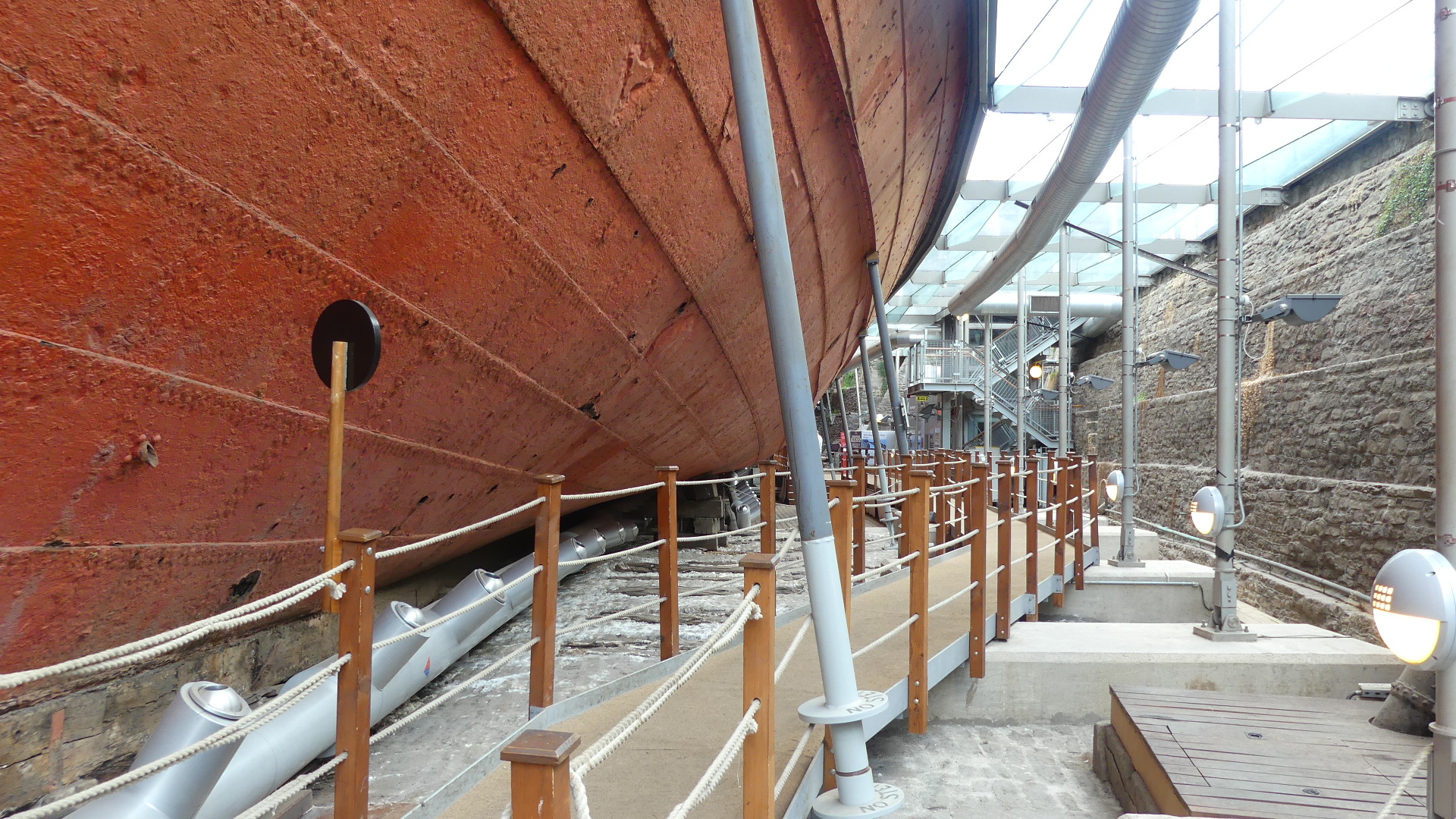
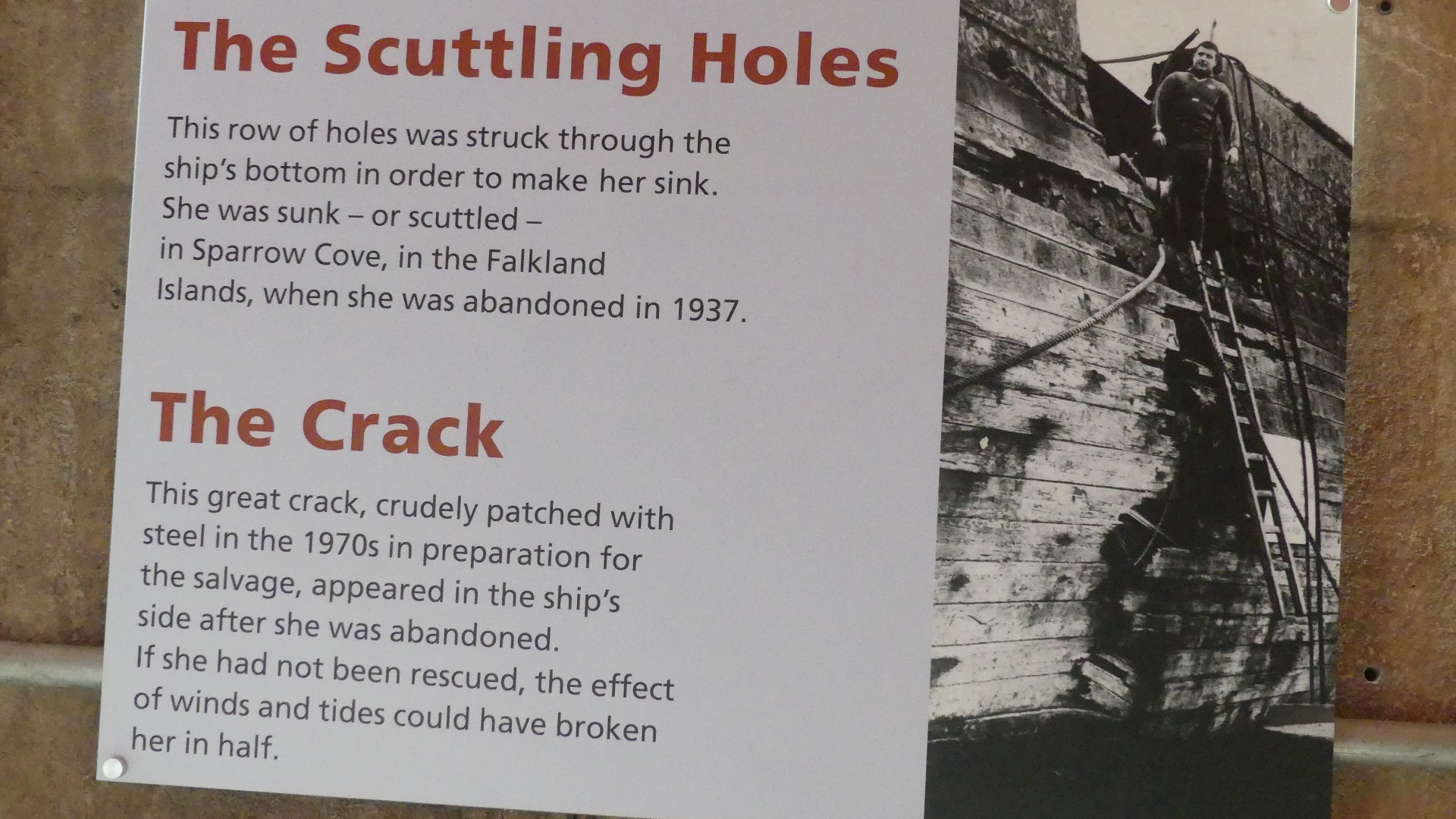







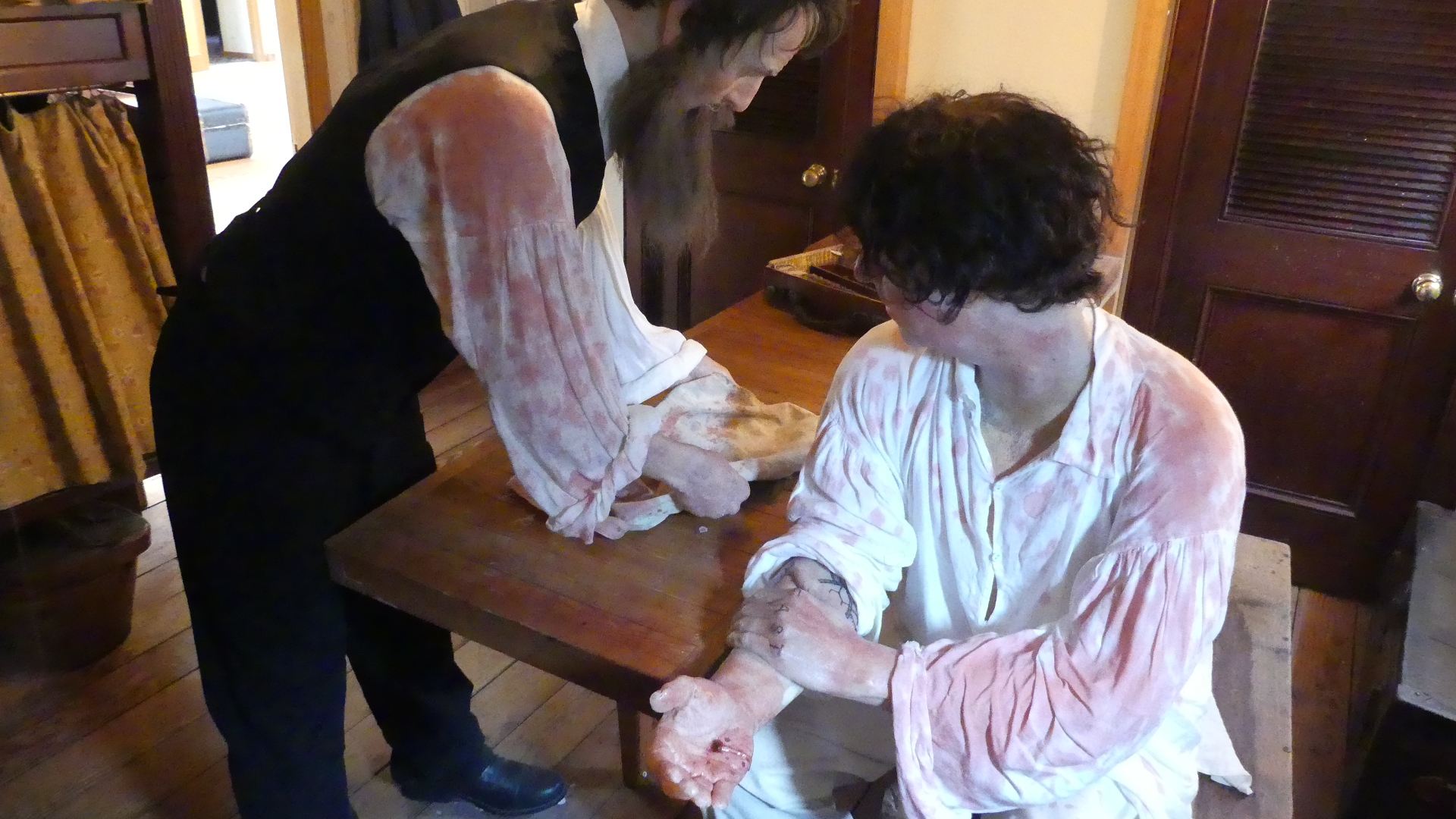

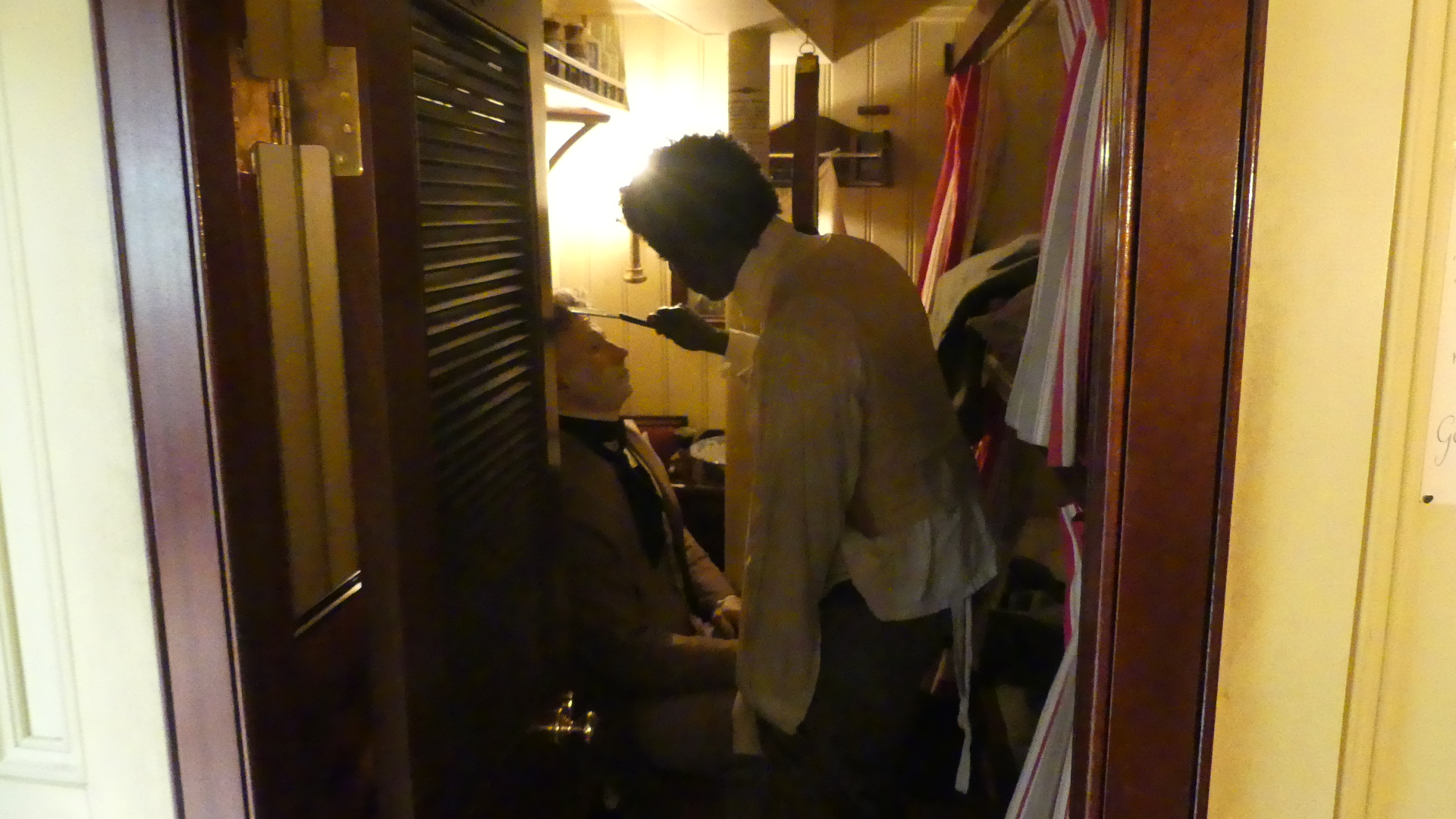





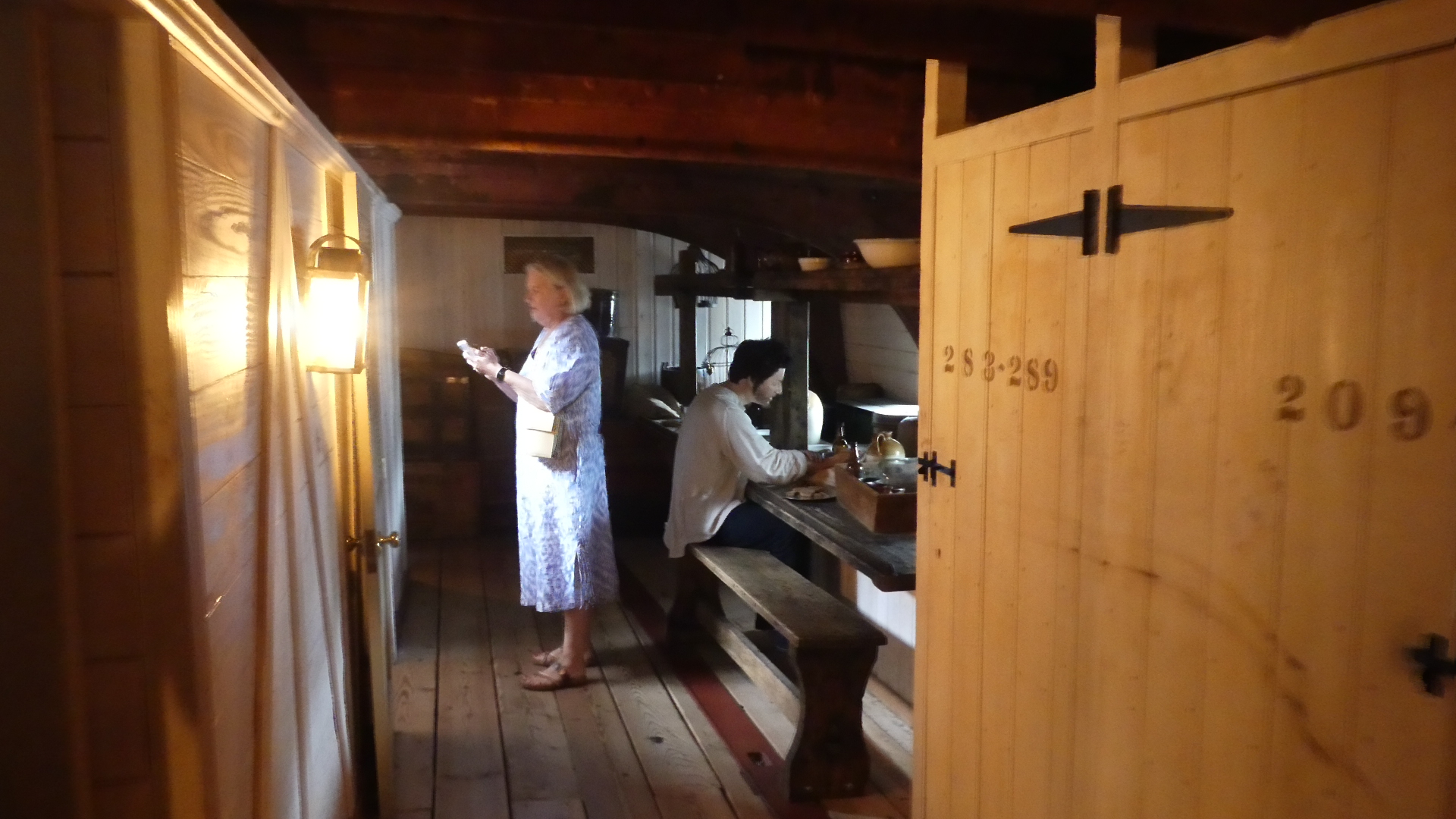



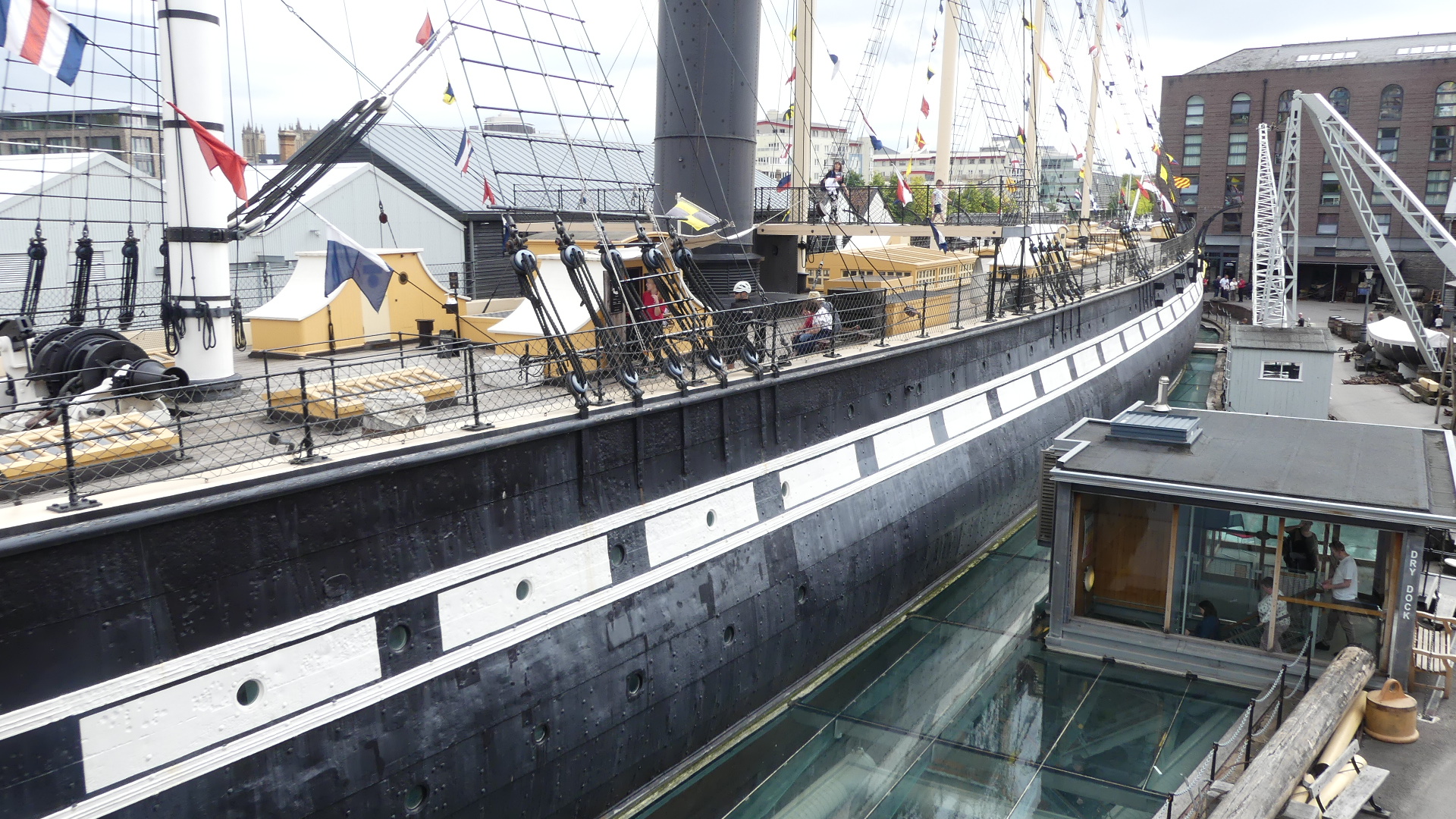

The museum is comprehensive on the life of Brunel and the details of SS Great Britain. Really worth the visit. Following a bite of lunch, we walked along the canal to the M shed (the Bristol Museum) but having been there previously we moved on. That’s when we found the “Ostrich” a pub with character and a little historic memoir about the slave trade and the glassware produced in the city. The sand needed to create the glassware was obtained from excavating under the city creating “caves” which still exist today. One of the walls in the hotel has been partly demolished to expose one of the caves. A nip of Laphraoig and a glass of Sav Blanc and we journeyed on back to our apartment to prepare for our departure tomorrow.
Photos the Ostrich, othe views of the city
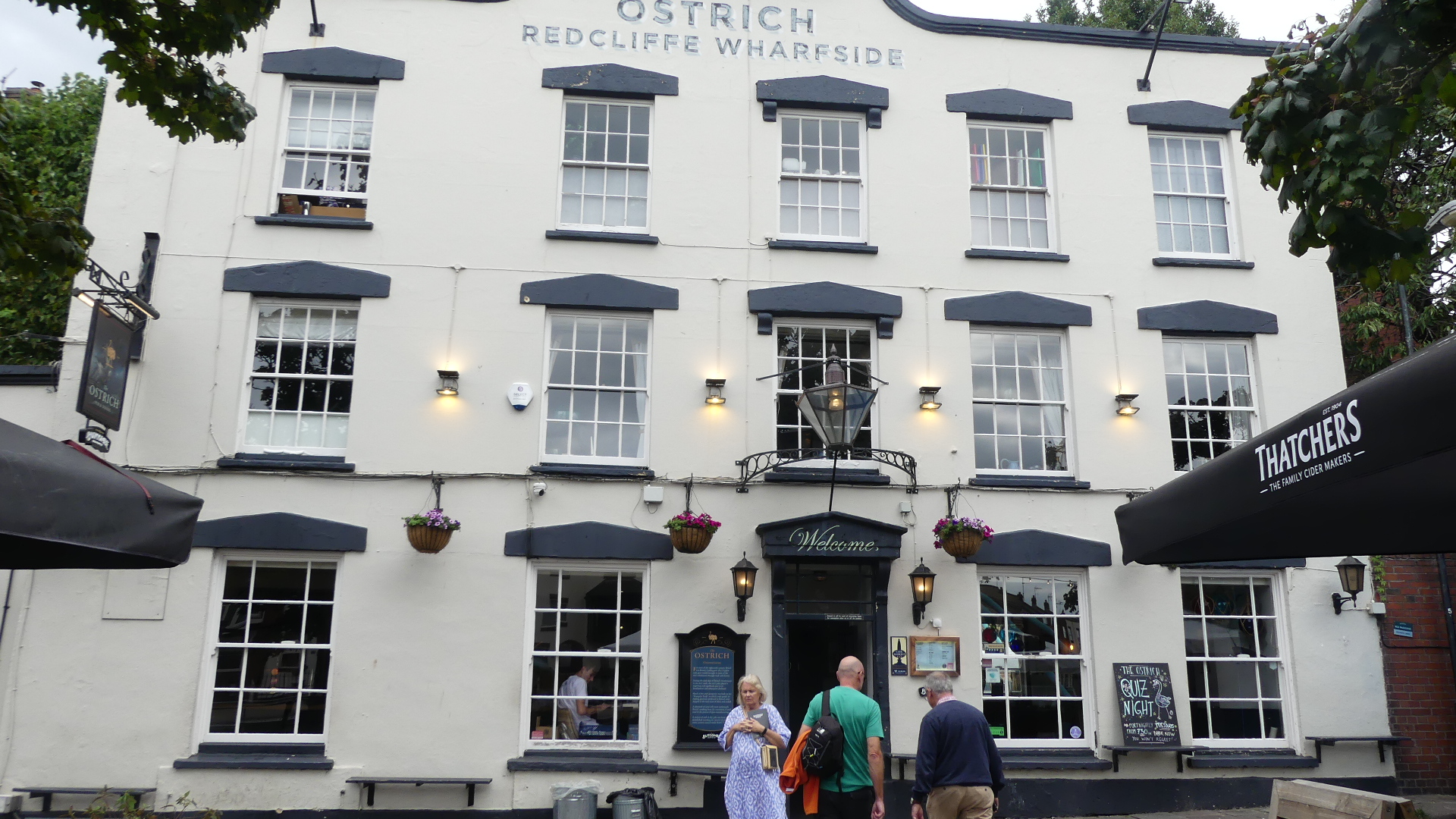

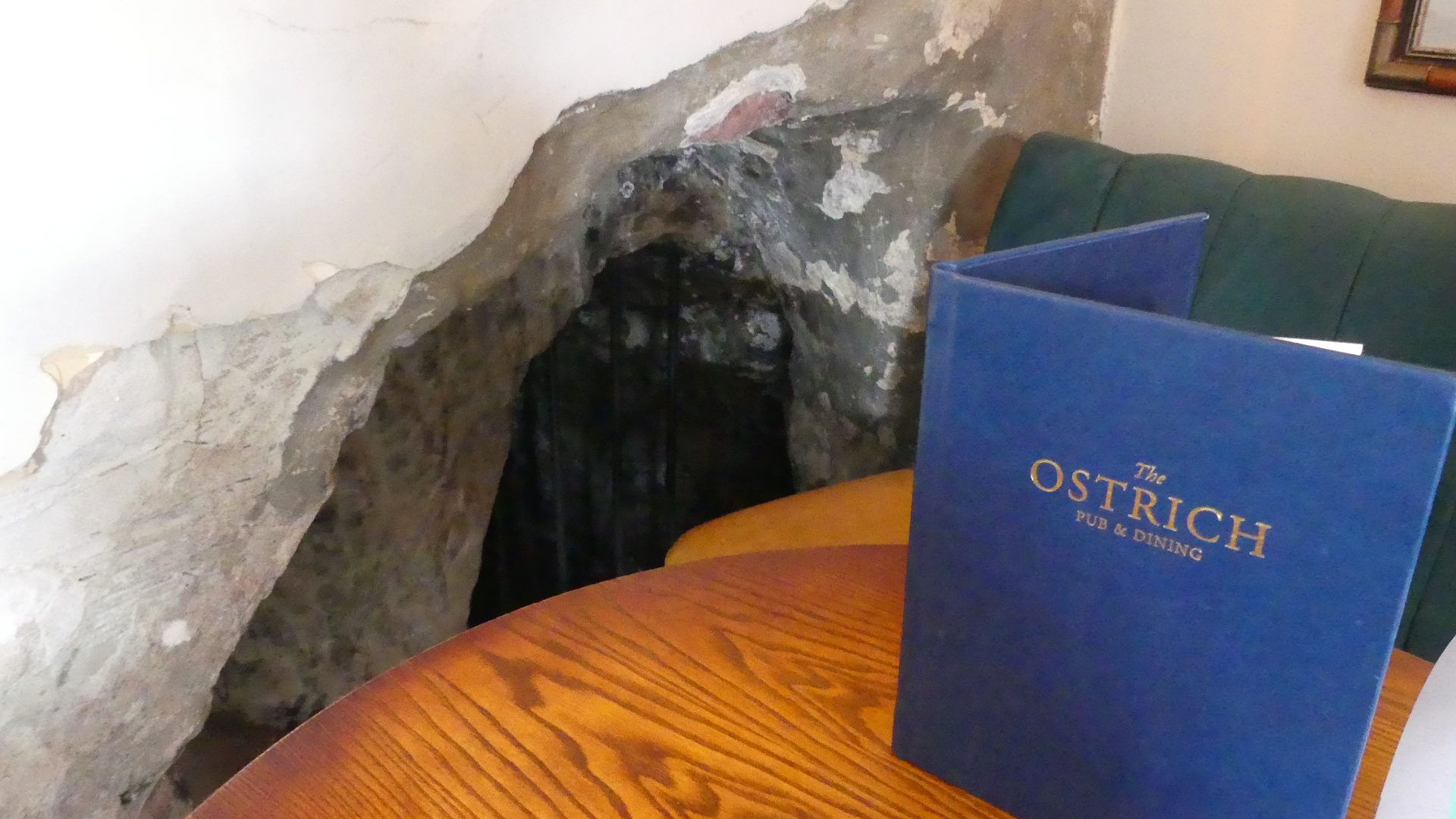



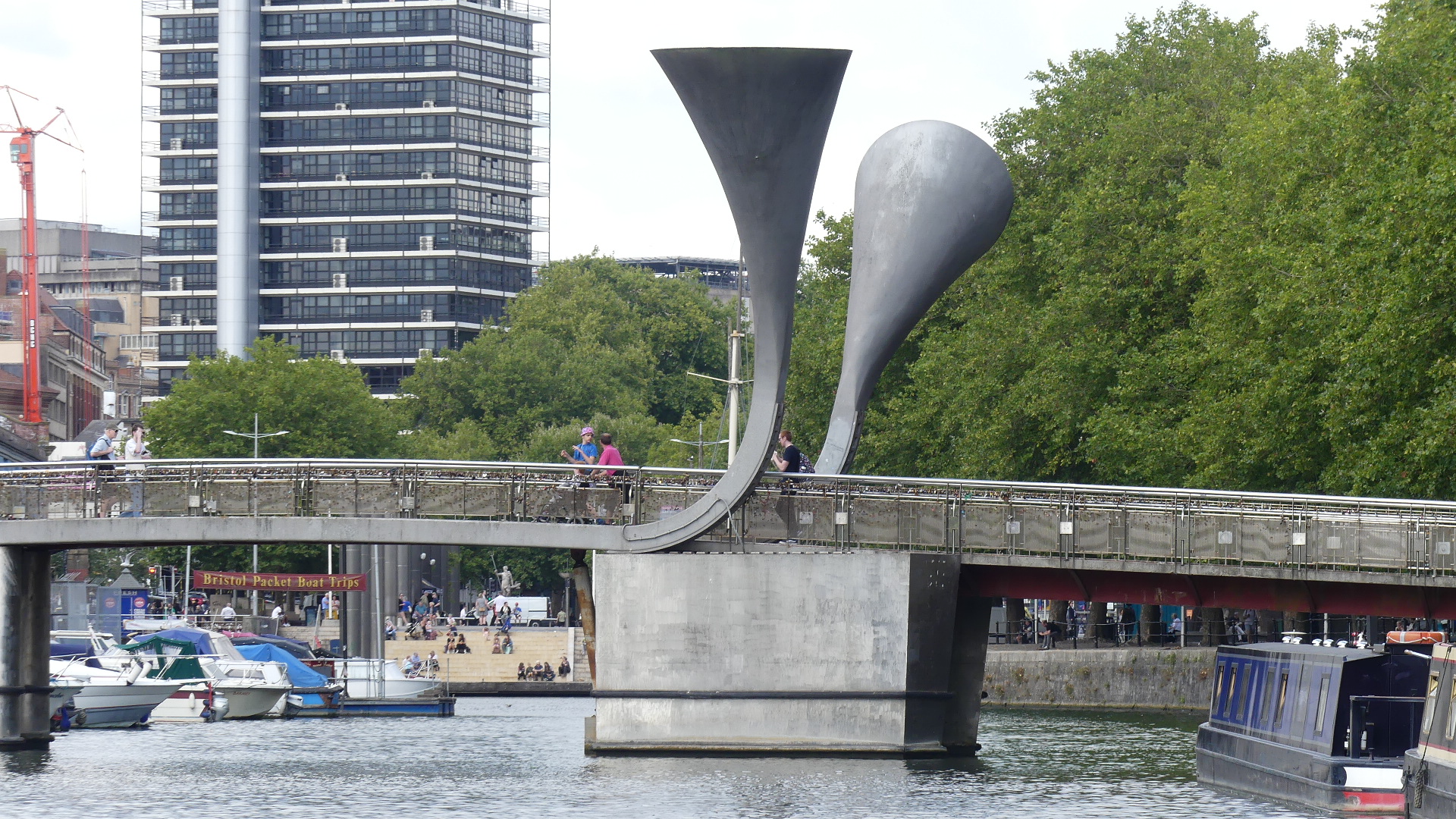
Our trip to Bristol finished we returned to Nottingham by train. Our return to Nottingham has been spoiled by the news that Martin and Christine (our Rhine Cruise mates) are struck down with Covid and we will not be catching up with them. So, no plans for Saturday and Sunday. I contacted our old neighbour at Long Eaton Pam Fowler to arrange our catch up with her and to my surprise she offered to meet us at Bill’s in Nottingham Old City Market. Pam is 86 years old. Pam and John were our neighbours for the 20+ months we lived as their neighbours and when we prepared to return to Australia and knowing John had a terminal cancer, we took him and Pam to the University of Nottingham Lake for a walk around the lake. A fortnight after returning home John passed over and Pam was all alone. We have maintained intermittent contact with Pam concerned she was all alone. So, when we met for lunch, it was pleasing to hear that she was blessed with some good neighbours in our former flat. She was well and happy, and we enjoyed brunch at Bill’s.

With no plans and having seen a lot of Nottingham and Derby, we have visited many of our old haunts. My favourite “anti salesman” sign is still there – “No clowns”.

However we did find some new haunts. We found another cinema – a community cinema – in the back streets and “the Curious Tavern”. Situated in Nottingham’s oldest accomodation hotel which is operated by Mercure, The Curious Tavern’s peculiar decor the captures the essence of being the oldest hotel tavern in Nottingham. Of course we all know the oldest pub is Ye Olde Trip to Jeruselem under the site where Nottingham Castle once stood.
Situated is Georges St Nottinghamthis strange door is the entrance that caught our eye and inside the light shdes in the reception are suitcases and the staircase is the original from 1822. Some luminaries have stayed at the hotel – Lord Byron, Charles Dickens, Elizabeth Taylor and Richard Burton.

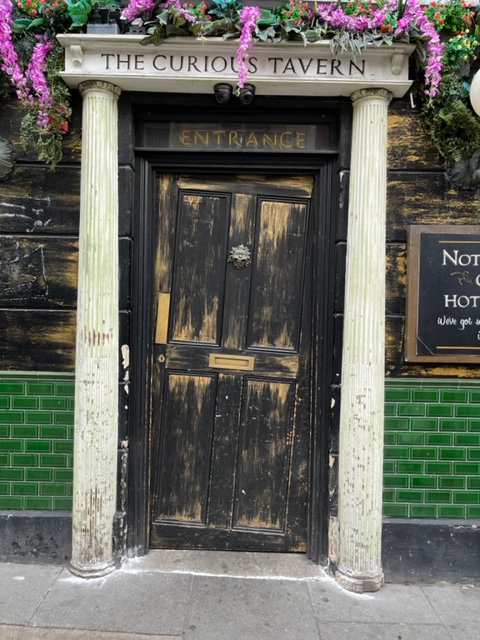

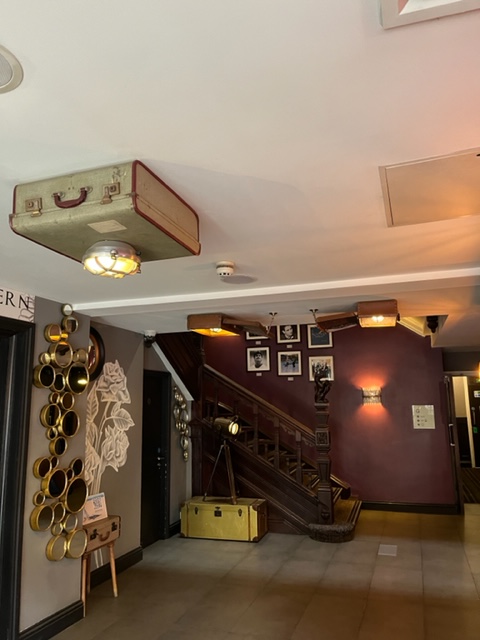

Well that ends this trip. We are back in Australia with our luggage and busy as usual. till next time (should there be one) Adieu/See ya mate.




